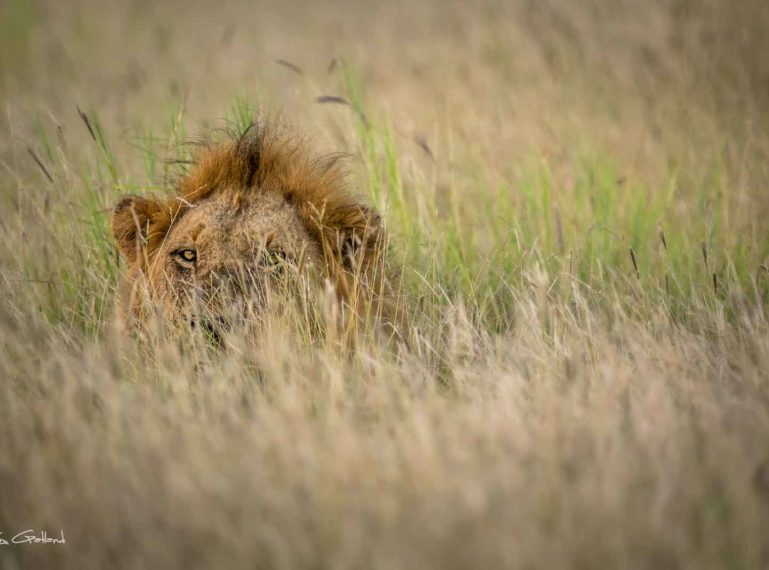
Known for its complex lion pride dynamics and incredible big cat history, The Klaserie Private Nature Reserve has certainly earned its place on the map as a destination for lion fanatics. In the heart of the Klaserie, sits the unrivalled Africa on Foot, pioneers of the morning walking safari. But it’s not only the walking safari that drives the team, it’s also their roaring passion for big cats.
The camp spent many years documenting the drama surrounding their local lions, stories which were always well received. Whether it’s observing burly coalitions of males holding territory, mammoth showdowns or witnessing heartbreaking deaths, there’s not much the team at Africa on Foot hasn’t witnessed. Today, it’s with great “pride” that we welcome the four vivacious Vuyela lion cubs into the Klaserie. Needless to say, we’re happy to hear that the powerful Vuyela bloodline is being continued…yet again!
The Vuyela Pride of lions certainly has a stronghold on the turf in the southern Klaserie. What started off as a pride of 9, quickly grew into a pride of 14 by the start of 2022. Towards the end of 2021 one of the lionesses gave birth to a female cub, and another lioness gave birth to 3 females and 1 male. At 20 months old, this “batch” of cubs are now entering sub-adult territory and will soon begin exploring their own domains for dominance.
3.5 months ago another 4 cubs were born. Because guides aren’t putting pressure on the areas where cubs are being stashed, sightings are infrequent. However, if you click here you can see the 4 cubs on the move with their mother.
These Vuyela cubs are a BIG deal for the reserve. By all accounts the fresh batch of cubs appear to be healthy. The lionesses are continuously stashing their 3.5 month cubs in new den sites, just to throw off the scent of predators and rival lions. The Vuyela females certainly have admirable maternal instincts, given that all of their cubs have survived life in the treacherous wild. With threats that range from infanticide to predators and getting trampled, it’s no surprise that lion cubs have such a low mortality rate in the wild.
History of Africa on Foot’s lion prides
Throughout the years, Africa on Foot has closely observed the evolution of various lion prides in the area. If you deep dive into our blog posts dating back ten years ago, you’ll find a wealth of Klaserie lion stories.
Needless to say, pride dynamics are always a tumultuous affair. A good few years ago there appeared to be a “dry” spell of dominant prides in the area, but we held out hope that a new bloodline would stake their claim around the Africa on Foot and nThambo Tree Camp regions. After years of prides testing the area, we finally found a pride of loyal lions that are here to stay: the Vuyelas. It’s important to understand the history of lions in this area to help understand the significance of having a stable pride. So, let’s dig into the lion archives and discover just how we got here.
2008 – 2014: Feat. The Ross Pride, white lion cubs, The Good and The Bad
In 2008, the fences between the Timbavati Private Nature Reserve and the Klaserie Private Nature Reserve were dropped. This expanded territories for many lion prides, but also brought with it abundant lion drama. There appeared to be crossing over of two heavyweight prides: the Giraffe Pride and the Ross Pride. Both prides were exploring new landscapes. The Ross pride was named after the Ross farm in the Klaserie, and was the dominant mega-pride for many years. After the fences dropped, guides in the Timbavati would frequently spot the Ross pride putting out feelers in the reserve.
A tough warrior with a penchant for fighting (Scar Face) led the Ross pride until 2008 until he lost his place to two younger males. After the twenty-strong Ross Pride lost their “new” two dominant leaders under tragic circumstances, the pride appeared lost and fractured.
Around 2011, the old Ross Pride lionesses were spotted on the Africa on Foot and nThambo traverse, which quickly became the talk of the bushveld. It seemed a group of lionesses from the fractured mega-pride sought territory on their old stomping grounds, returning to their old home. They were spotted keeping company with two male lions, one with luxurious locks and the other with a battle-scarred face. It emerged that the pride was led by a fierce and brave male presence—The Good and the Bad. These boys staked their claim on territory and females, extracting splintered pride from their Timbavati turf and returning them to old Ross farm territory! And so the saga began. These males were considered bolshy, brave and not afraid of a showdown, doing anything to protect their pride. In 2012 the reserve saw a major development: the birth of two white lions. One of the lionesses’ leucistic genes was carried through to her cub, resulting in the birth of a rare white lion.
In yet another tragedy fraught with heartache, both her cubs died. But how?! A starving and injured lioness preyed on the cubs- she was old, tired and on the brink of death. This was a matter of survival. According to owner Courteney Blunden, this was one of the most brutal events he’s ever witnessed in the wild. Unfortunately, this set off a chain of cursed cub deaths for the Ross lionesses, earning them a reputation as having less than desirable maternal instincts. Over the years the Ross Pride suffered tragedy after tragedy—they actually lost 3 females and 14 cubs during their reign.
The grand Ross Pride deserves its own Netflix drama. There’s enough stories for at least an 8-part series!
Related blogs to read:
What’s happening with the Ross Pride (2013)?
New white lion cubs in the Kruger’s Klaserie (2013)
Ross Pride vs NEW Trilogy of Lions – a crucial few days (2014)
2014/15: Feat. The Trilogy and Ross Pride breakaway lionesses
We had high hopes for The Good and The Bad, a tough coalition with such an admirable sense of bravado. However, they just weren’t strong enough to compete with a forceful trio called the Trilogy, who ousted them from their throne. The Trilogy were double the size and attitude of The Good and The Bad. This complex trio of hulk-like beasts sauntered over from the neighbouring Kruger National Park and became easy to identify because of their distinct amber and partial black manes. The sturdy boys seemed very eager to oust any dominant males and prides, so they set off immediately to establish their territory. Their entrance and takeover techniques were swift. Guests would frequently hear bellowing vocalisations reverberating through the night and see them patrolling every nook of Africa on Foot’s bushveld terrain.
Because the kings had been displaced, this left the Ross Pride scrambling. The nomadic Trilogy were NOT about to leave the area in a hurry. Because of their young cubs, the Ross pride tried their best to avoid the The Trilogy. When male lions dominate a pride, they want to mate with every female in the hopes of siring cubs to continue their bloodline. To have your genetics spread across your territory is the aim of every male lion. If a lioness has young cubs she won’t enter oestrus for at least 18 months, which is a lengthy time frame in the world of lions. The only surefire way for a mother lioness to enter oestrus is for her cubs to die, which will send her back into oestrus after a week. Male lions kill cubs so they can mate and spread their genetics. It’s cruel, but ultimately lions are constantly in a war for dominance and power.
So, after the Ross pride retreated and scattered, two lionesses stayed behind. They became known as the Ross Pride breakaway lionesses who eventually went on to become a firm fixture in the Klaserie, and of they became the Trilogy’s leading ladies.
Related blogs to read:
Large and in charge – The Trilogy!
End of an era for Trilogy as Mapoza lions take over
3 Trilogy male lions for nThambo Tree Camp
The Trilogy and Ross Pride lionesses together at nThambo Tree Camp
2016: Feat. Hercules boys, Mbiri males, Trilogy Death, Mabande, and Mapoza males
As the lion world would have it, only the strong and lucky survive. In 2016, the lion drama ensued and we welcomed a few more heavyweights into the lion kingdom. It all kicked off when one of the Trilogy males died, weakening the strong bond among the three. It seemed wandering lions, loners and sub-adult coalitions all came to seek out territory and overthrow the remaining duo from the Trilogy. Because of all the newcomers, 2016 was a confusing year for our lion fans.
Small but significant shifts happened in lion kingdom. A new pride called the Hercules Pride revealed themselves, providing abundant action-packed showdowns for guests on a regular basis. The pride would hang around the western border of the reserve, obliterating anything and everything in their path. Comprising two ruthless lionesses and four youngsters, the pride killed off the Ross Breakaway cubs—a raw display of their capacity for violence. Despite the wars and setbacks, the Ross Breakaways remained firm on their turf.
These weren’t the only lions to sniff out new homeground. A nomadic lion—the Mabande male—brazingly strolled through onto Trilogy turf to test out the waters. Despite his nervous demeanour and scraggly appearance, Mabande grappled with the Triogy boys one more than one occasion.
Much to our surprise, the Mabande male got cosy with the Ross Breakaways on more than one occasion! Just before he became too comfortable, the brave Mapoza males entered the scene and chased him away. The Mapoza males built up confidence and began sending a clear message that the Trilogy turf, along with the Ross Breakaways, belonged to them.
Related blogs to read:
The last Trilogy male lion returns to the Klaserie
Klaserie lion catch-up: NEW male lion in Klaserie
What’s happening with the lions of the Klaserie?
New nomadic lion Mabande mates with Ross lionesses
New lions in the Klaserie: Enter the Mapoza males
2018: Feat. Ross Pride Breakaways, Black Dam male and Mbiri males
In 2018, the Ross Pride Breakaways were still hanging around mating with every available male. They even mated with a lion called the Black Dam male, who made a few guest appearances. It seemed there weren’t any major shifts in 2018, but rather a few newcomers trying to settle on Africa on Foot’s turf. Although the Mapoza males were a dominant force, they didn’t commit to establishing themselves in the area. This shaky relationship with the area and their casual relationship with the Ross Breakaways created a window of opportunity for opposing males to test the waters.
Enter the Mbiri males, two brothers who were losing rank in the Timbavati. They saw a window of opportunity and decided to retreat to the Klaserie to lay claim to territory. Sightings of the Timbavati’s beastly Mbiri coalition became more regular on Ross farm, which really got tongues wagging. The Mapoza males actually found a kingdom in a neighbouring reserve after the Mbiri youngsters started proclaiming territory. And yes, the Mbiri males mated with the Ross Breakaway lionesses.
Related blogs to read:
The beastly Mbiri male lions kill a Kudu calf in the Klaserie
2018 and beyond: Goodbye Ross Pride Breakaways, hello Vuyela Pride
#DirectorsChair: Vuyela male lions
Little lion cubs of the Klaserie Private Nature Reserve
Finally, that’s it from our side. We trust you have a better understanding of the history of the lions in this section of the Klaserie Private Nature Reserve. Our timelines are fairly rudimentary, so feel free to comment with more in depth opinions and witness accounts of events.
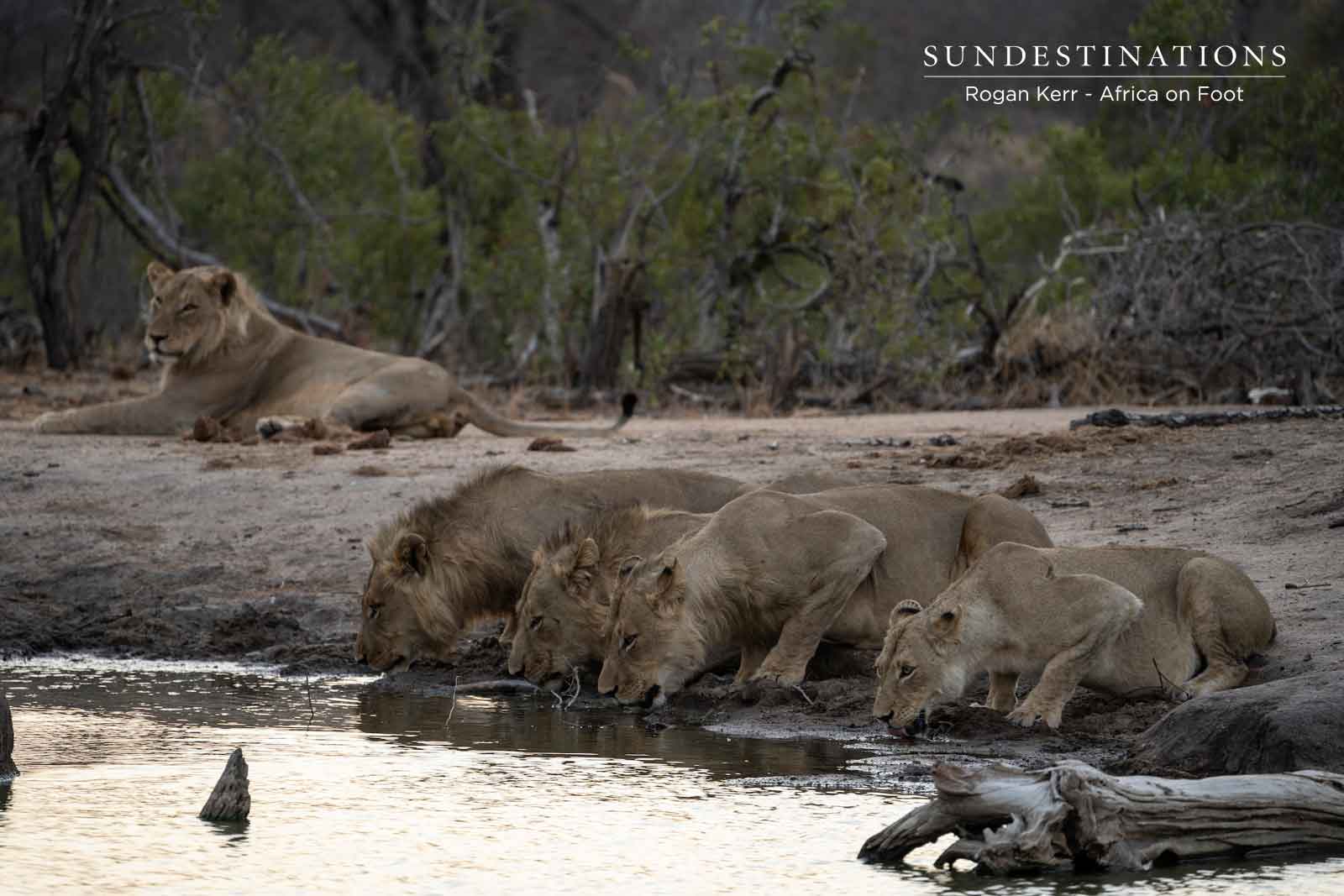
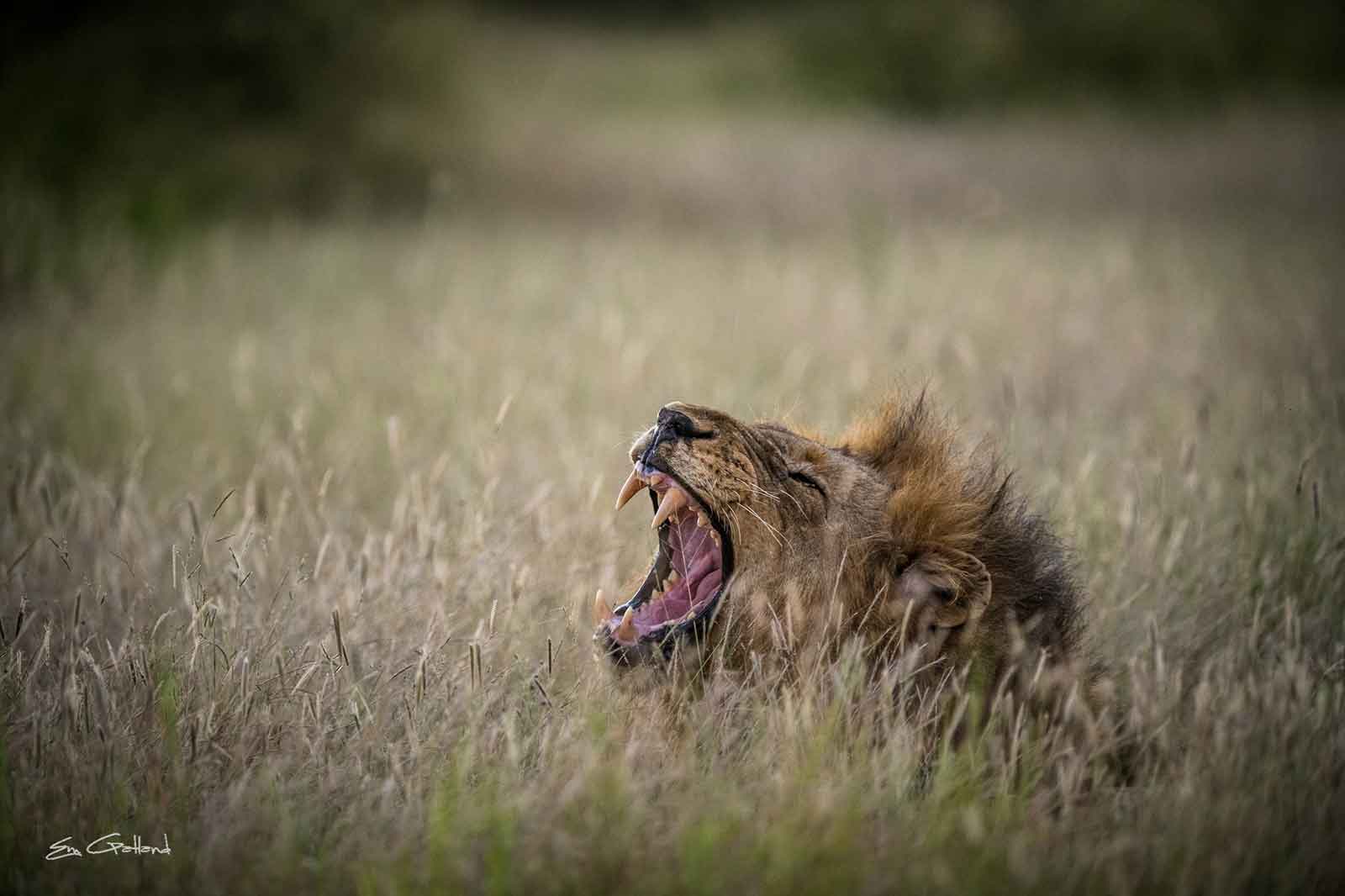
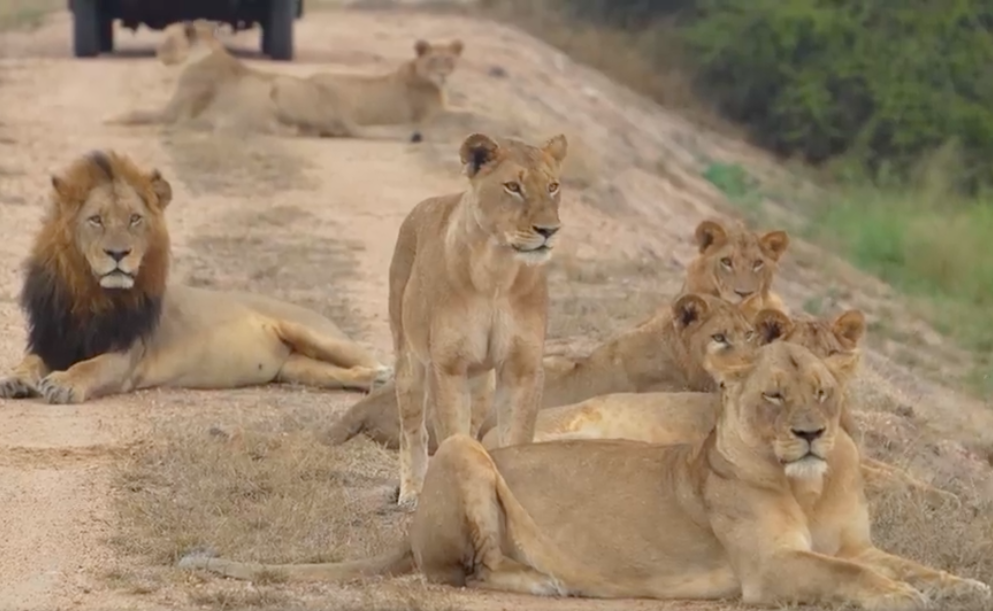
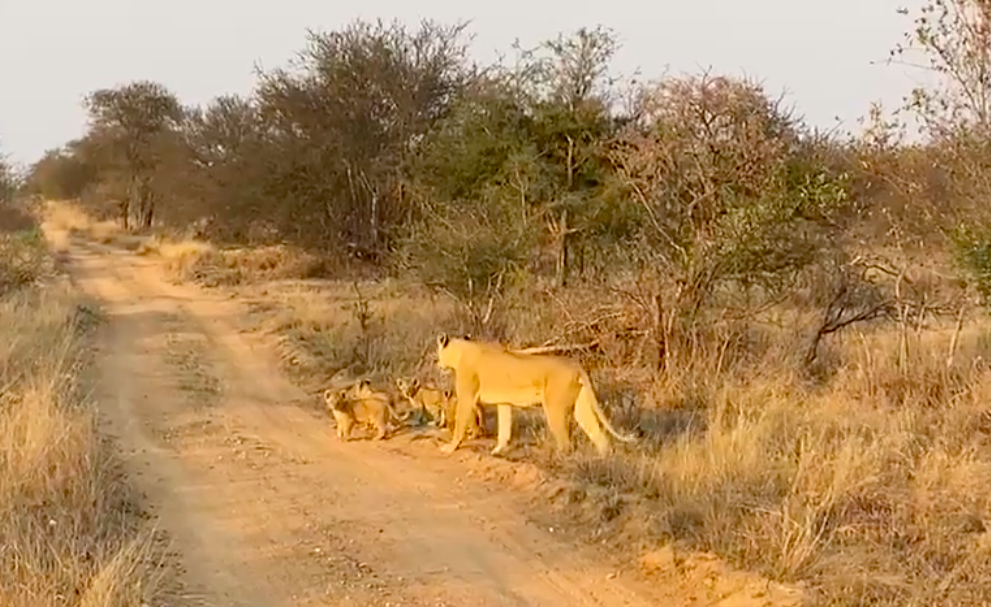
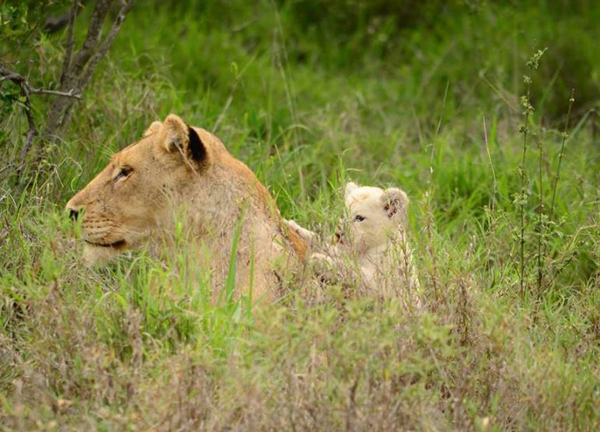
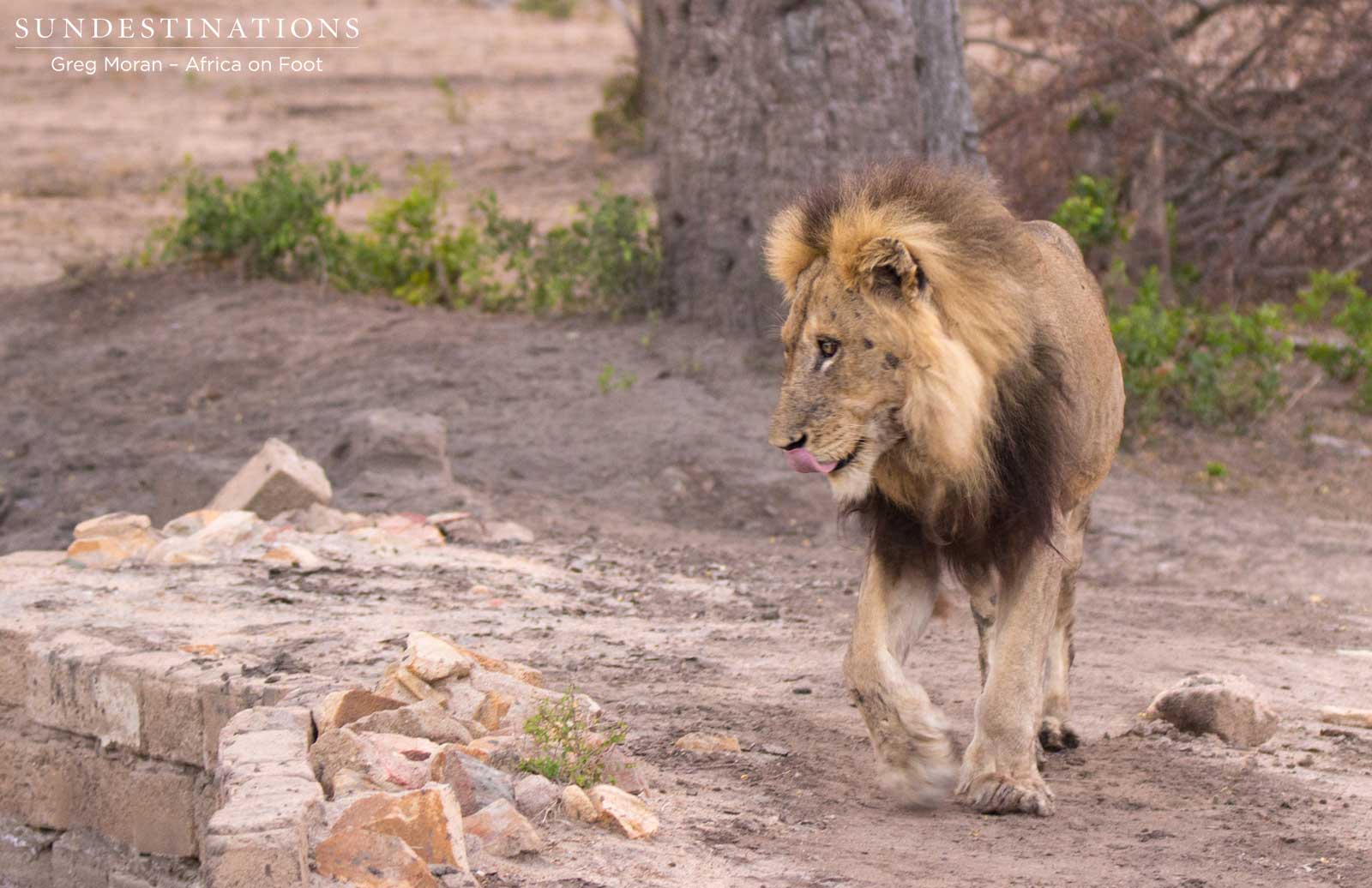
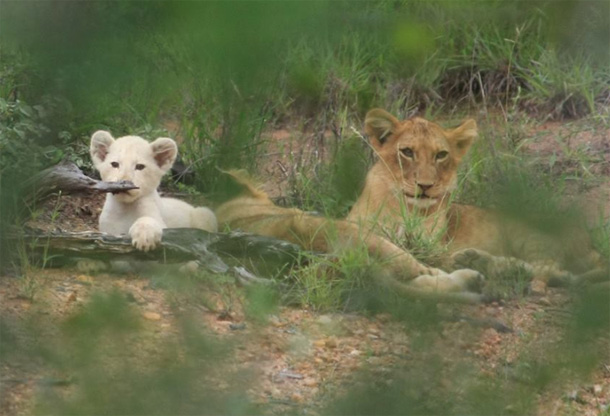
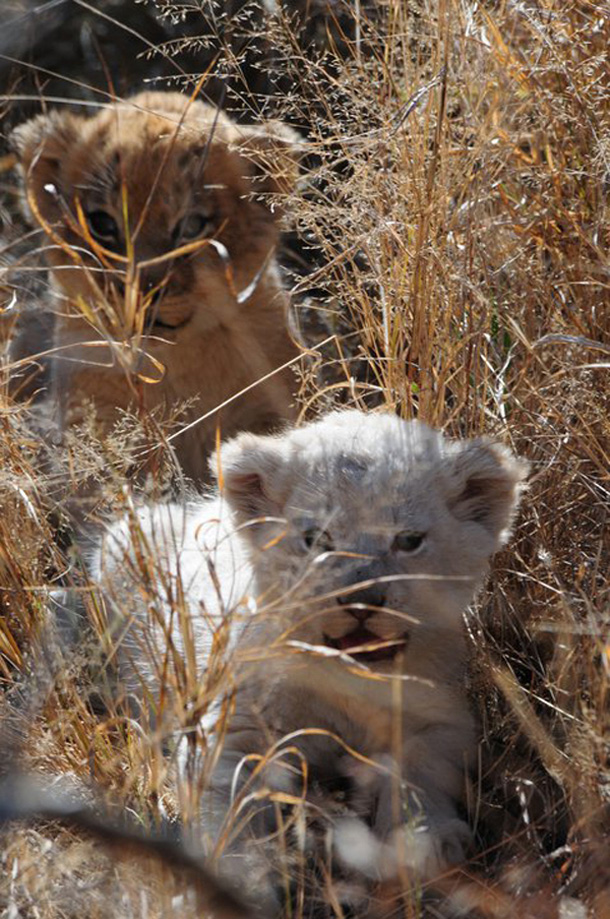
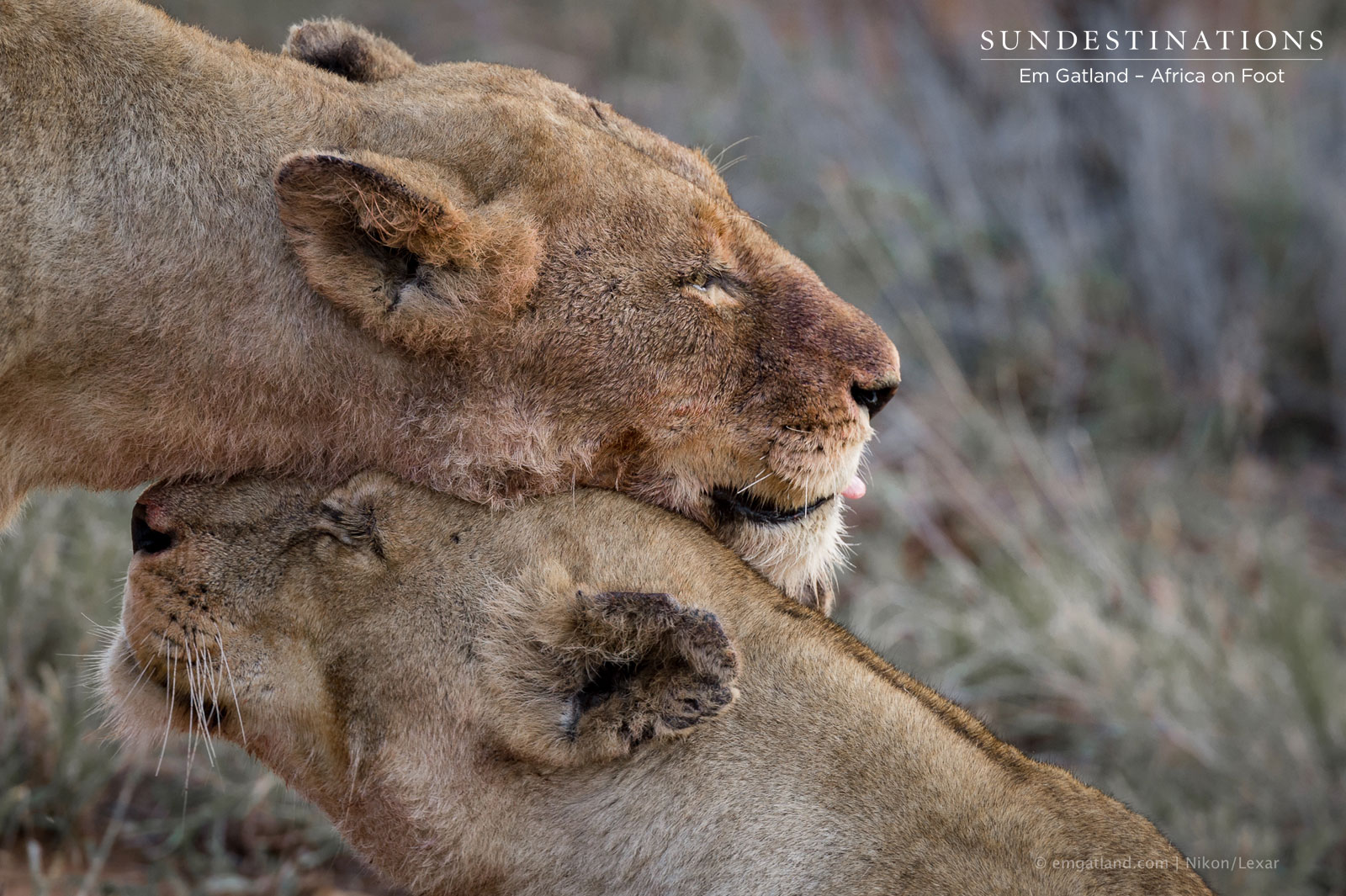
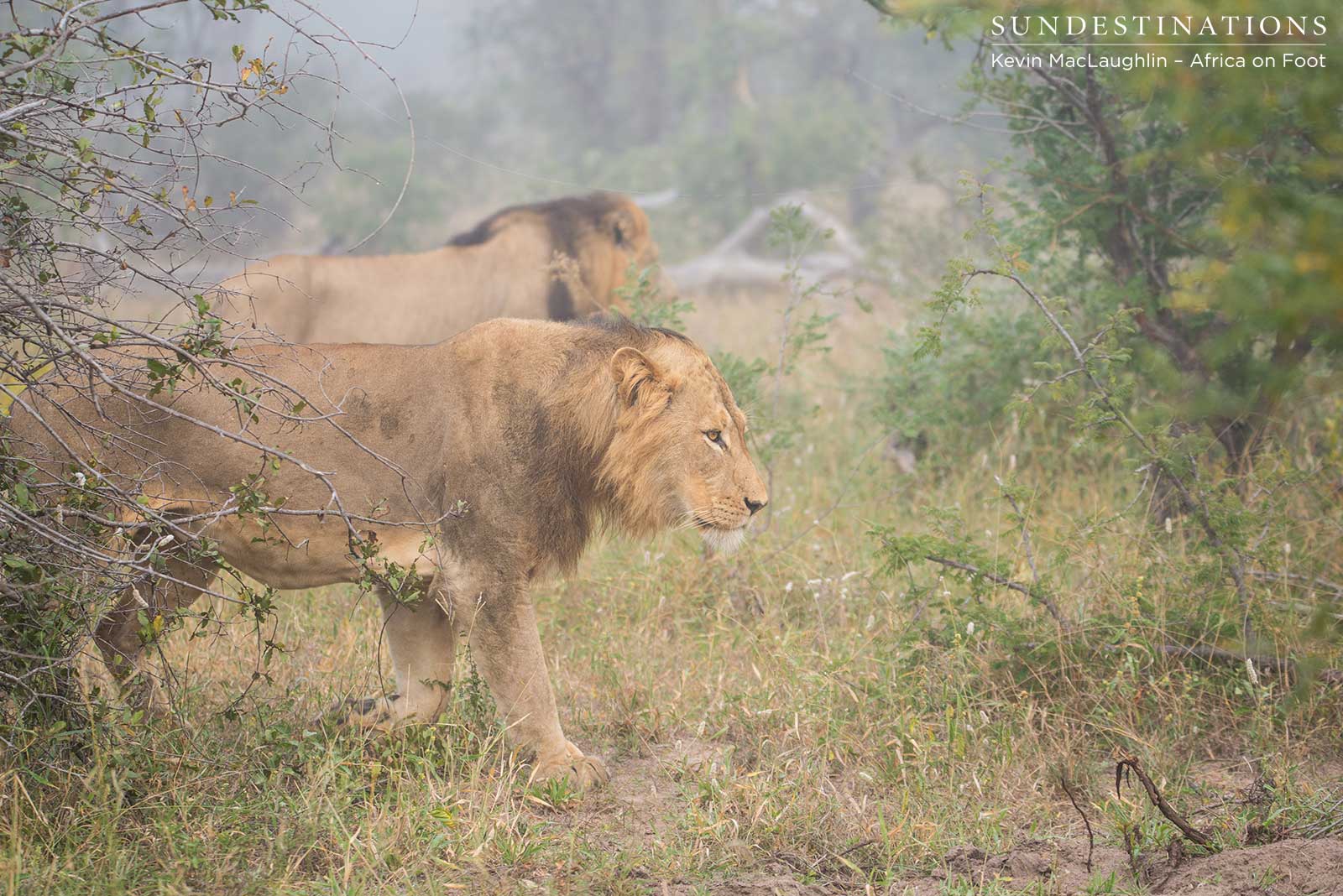
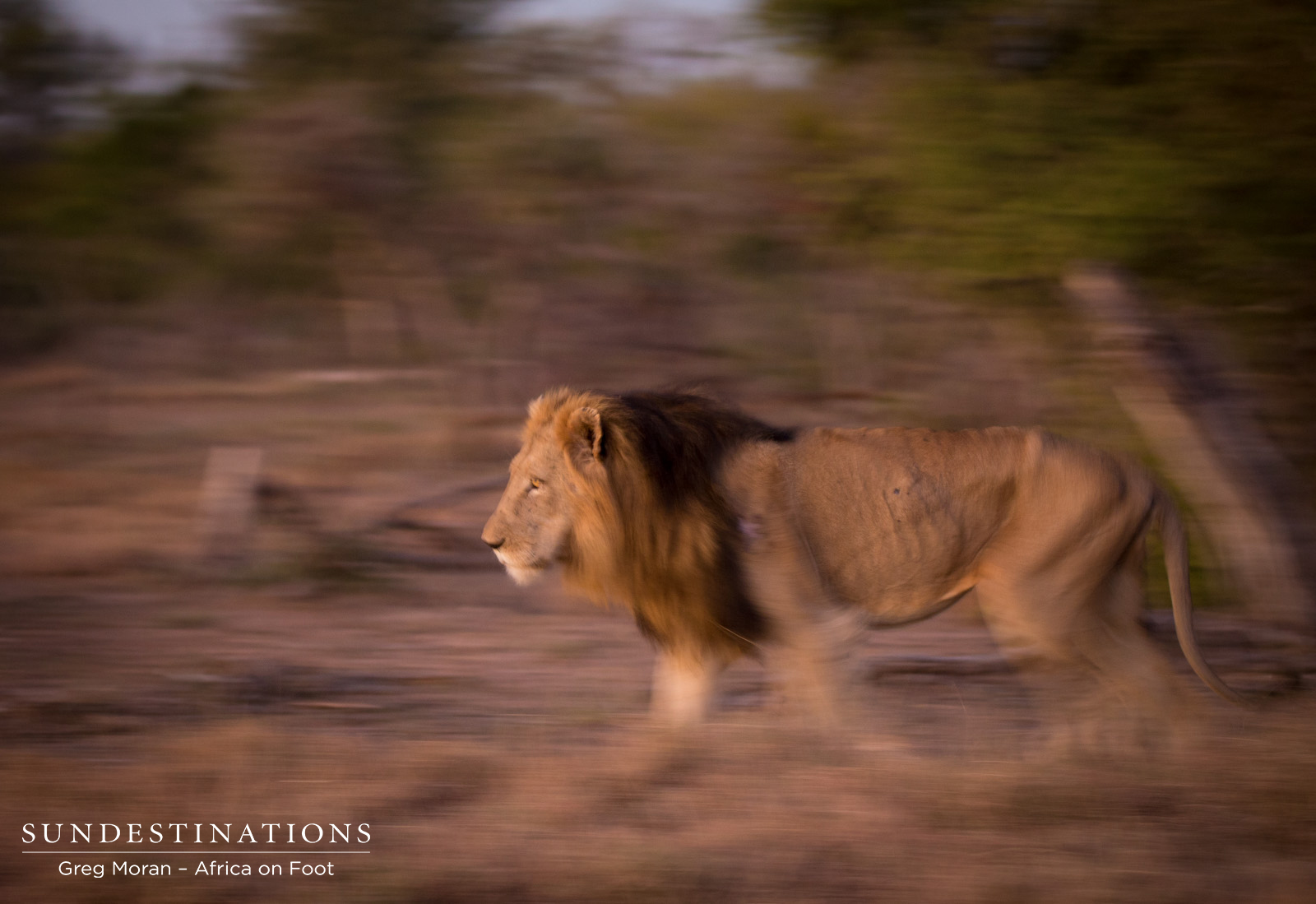
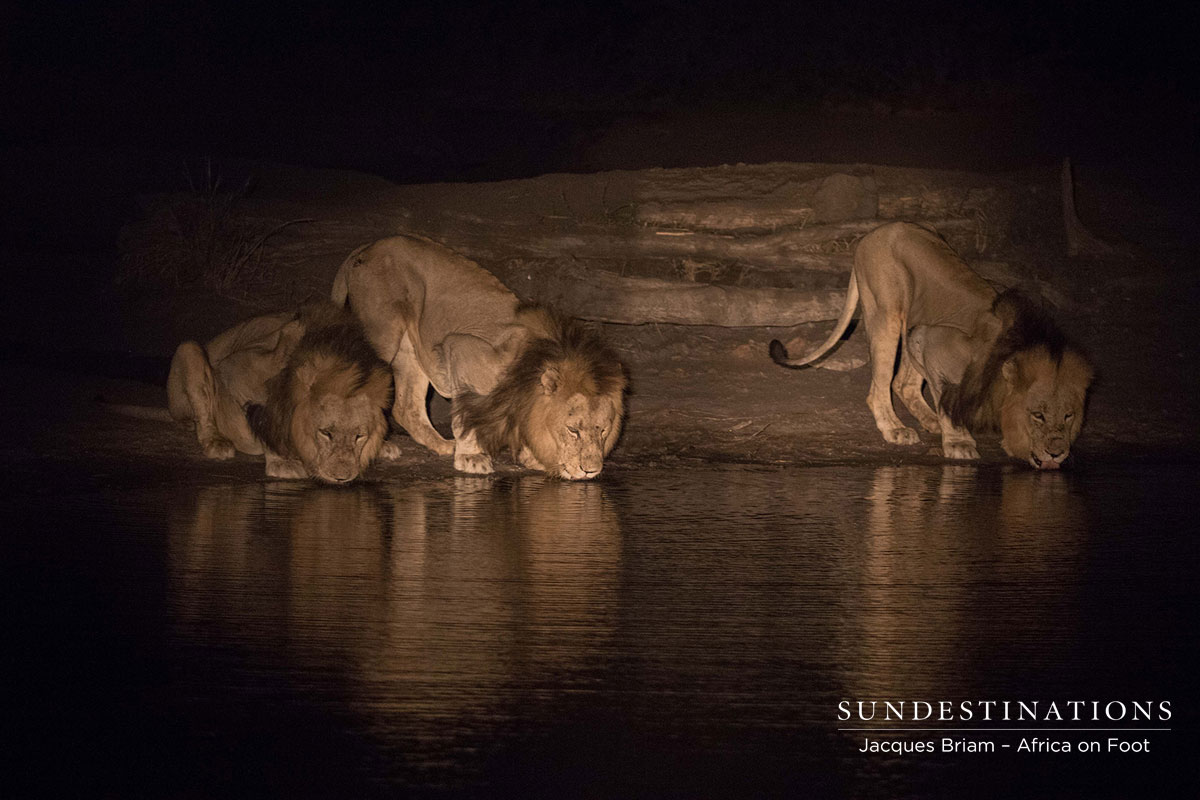
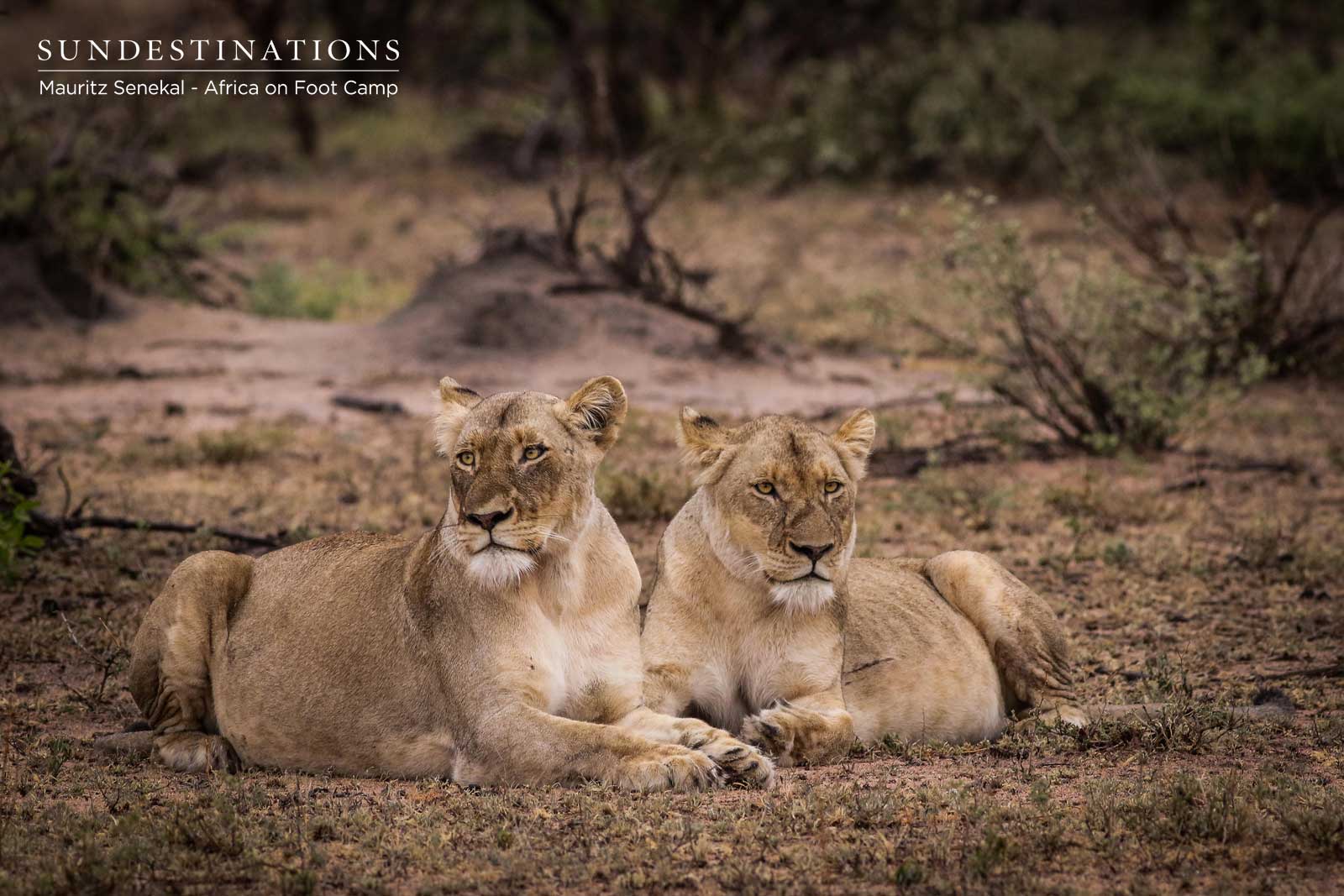
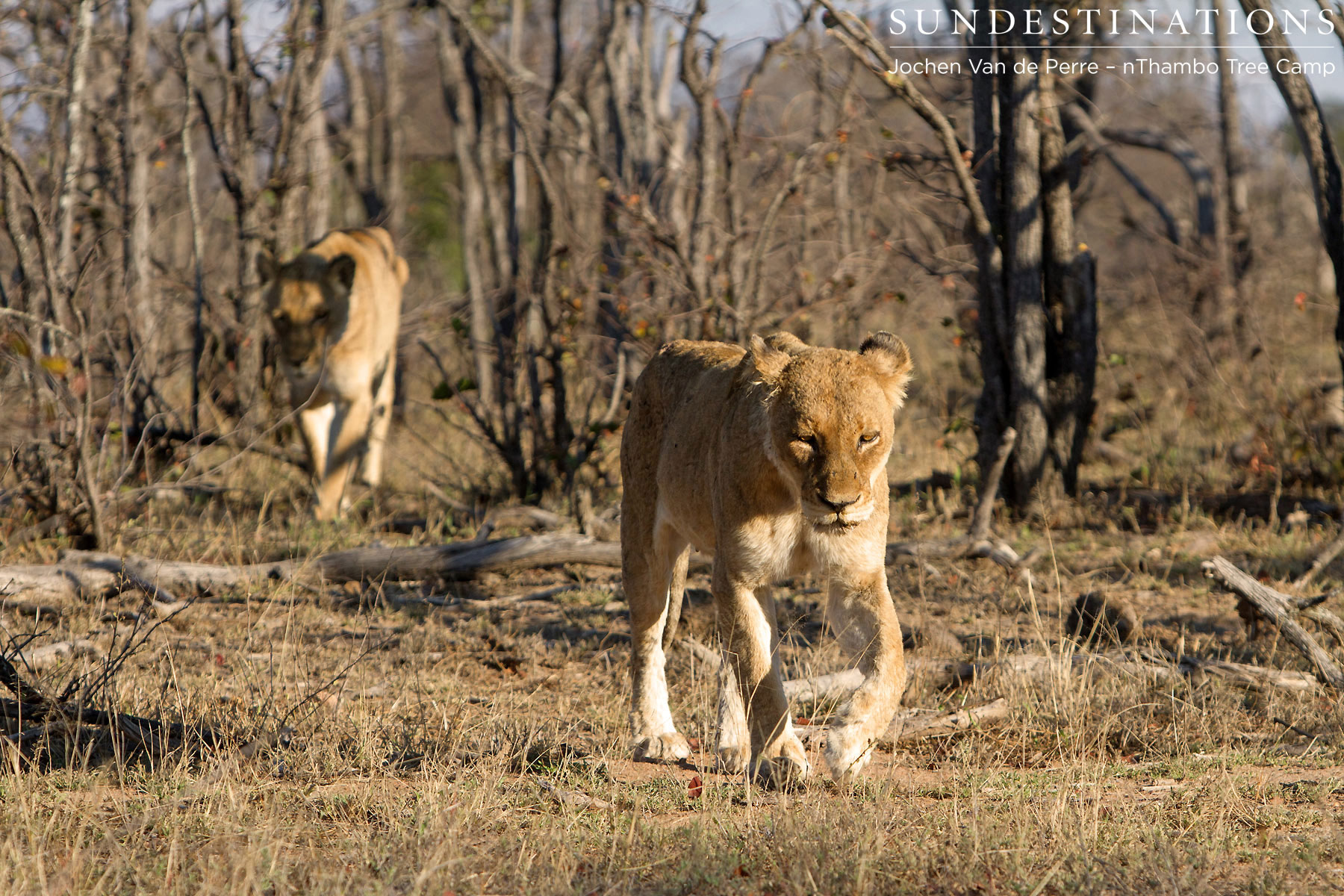
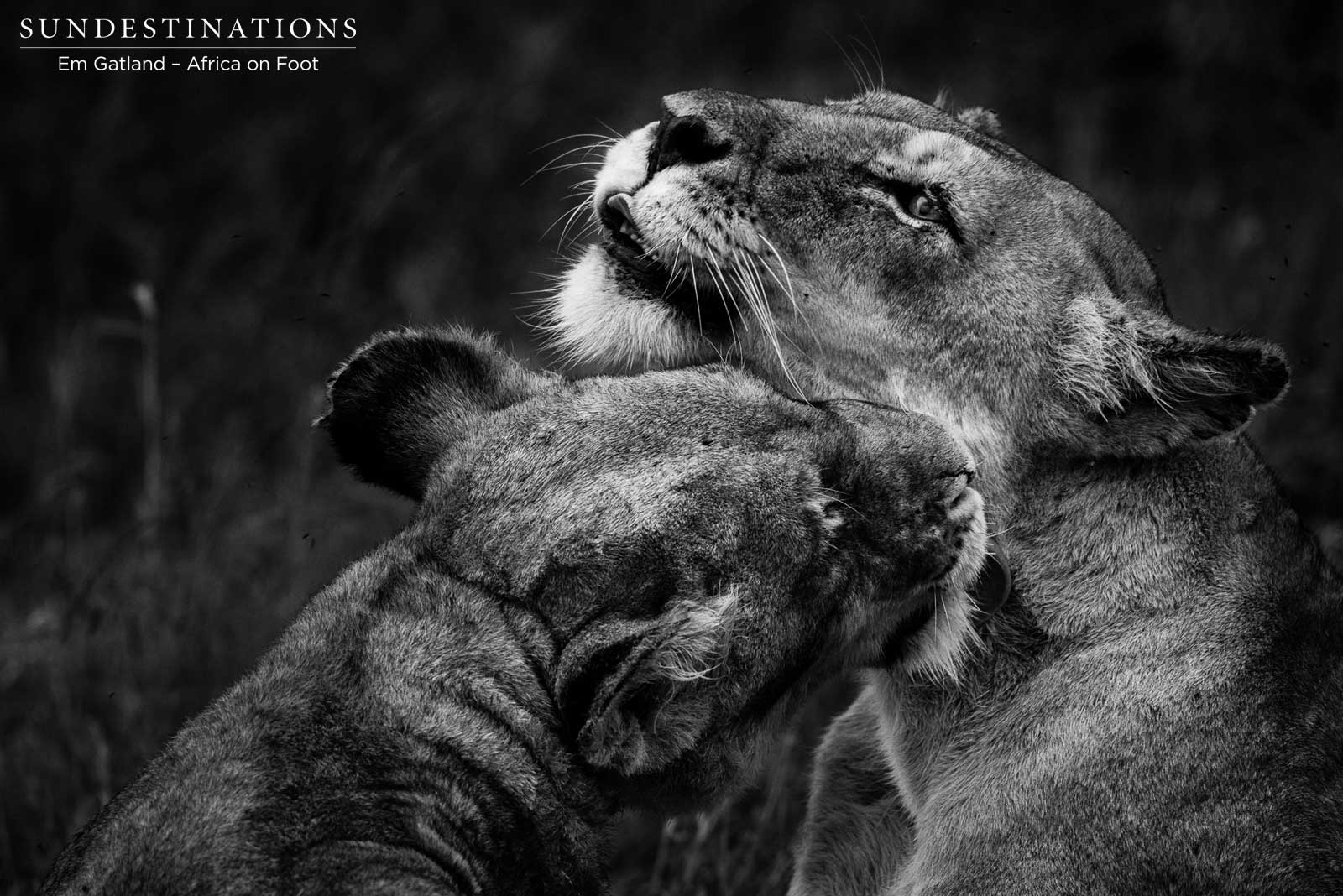
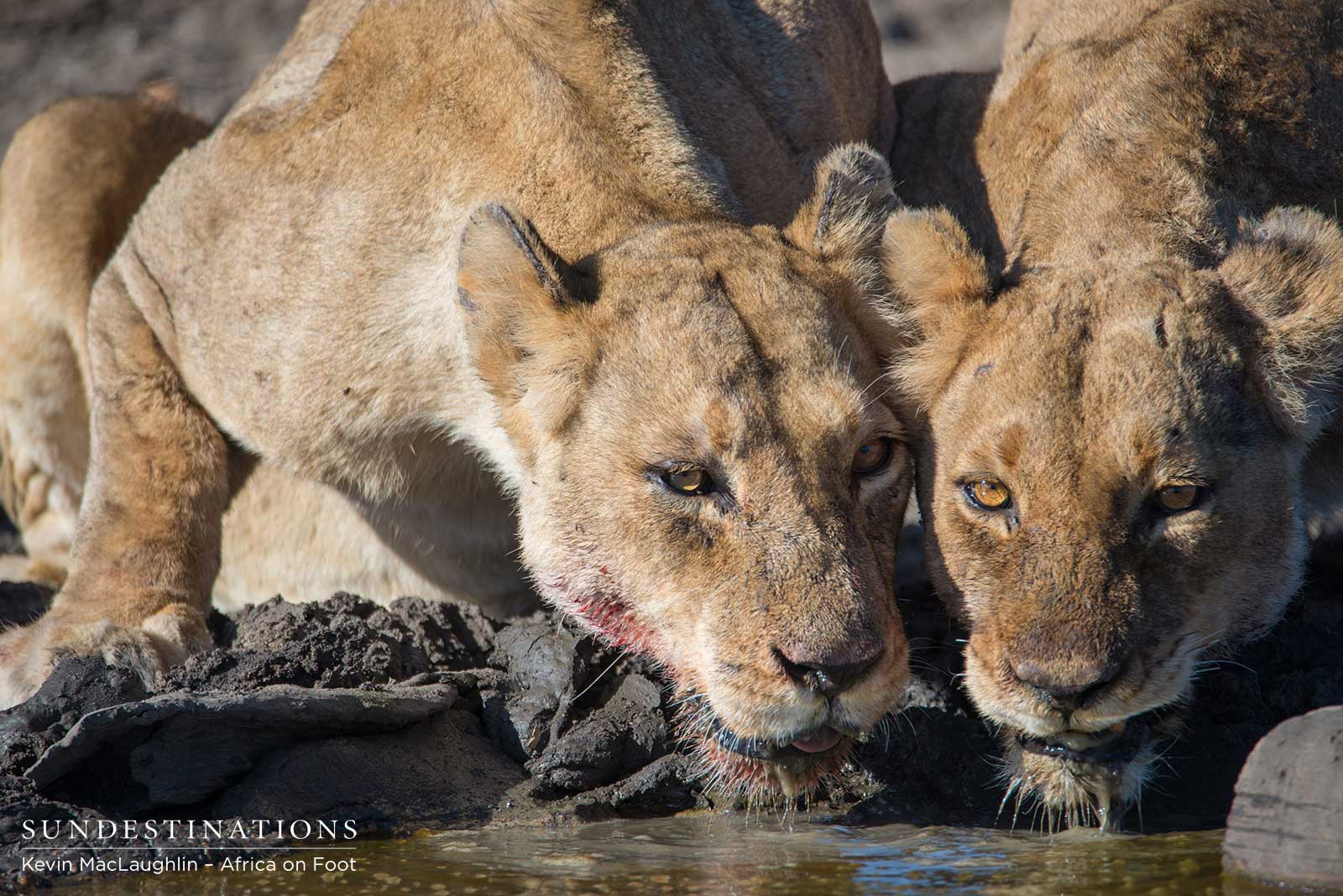
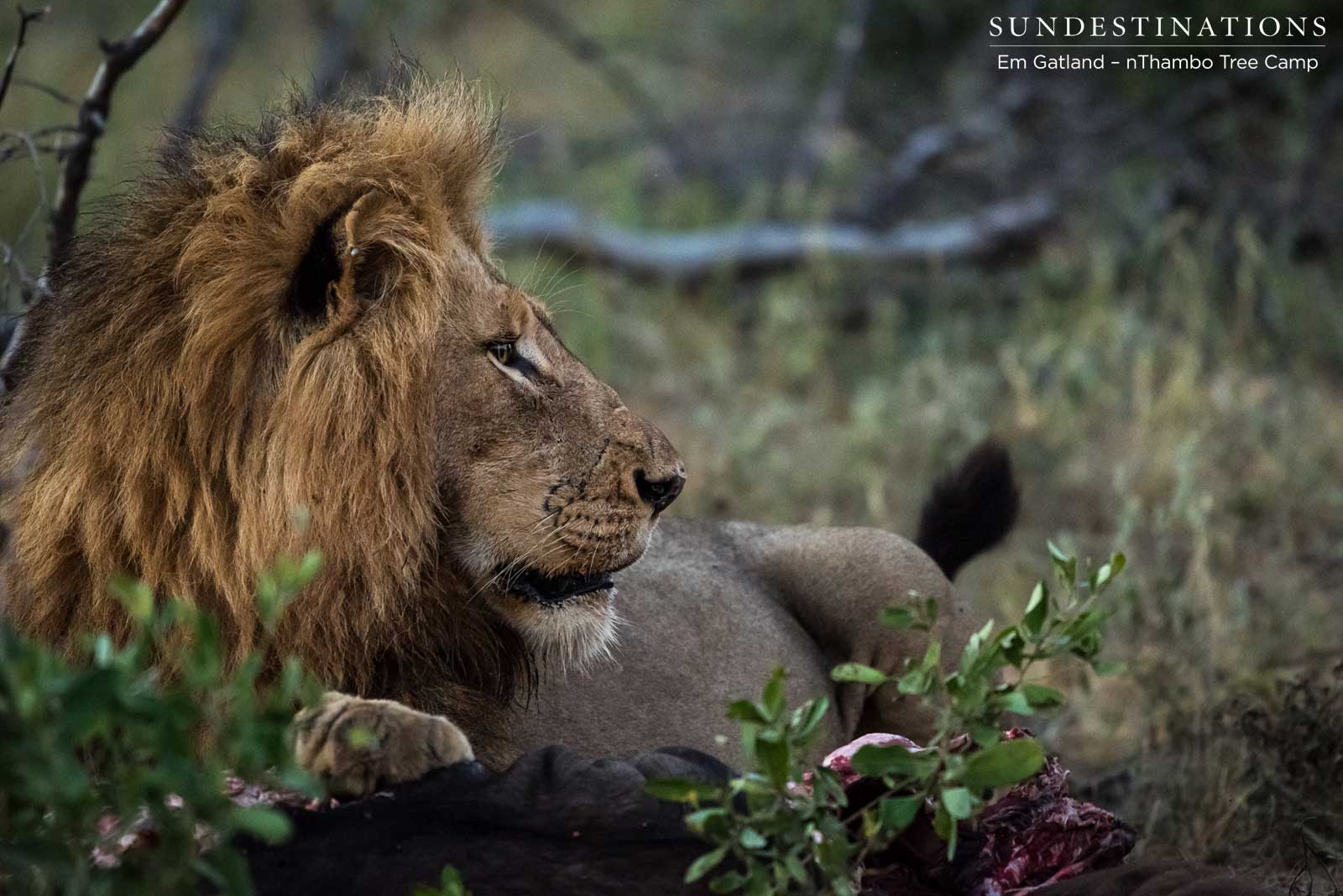
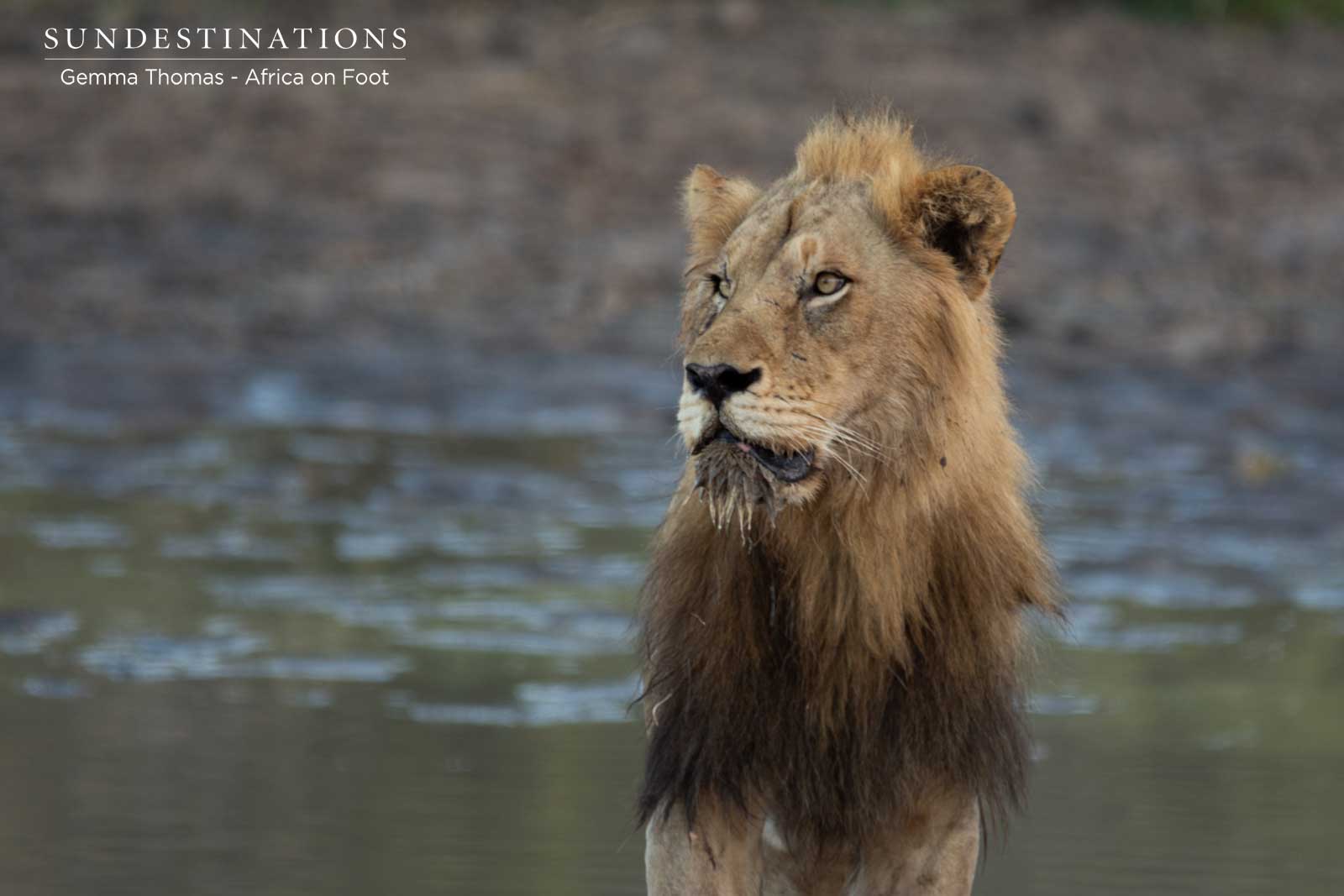
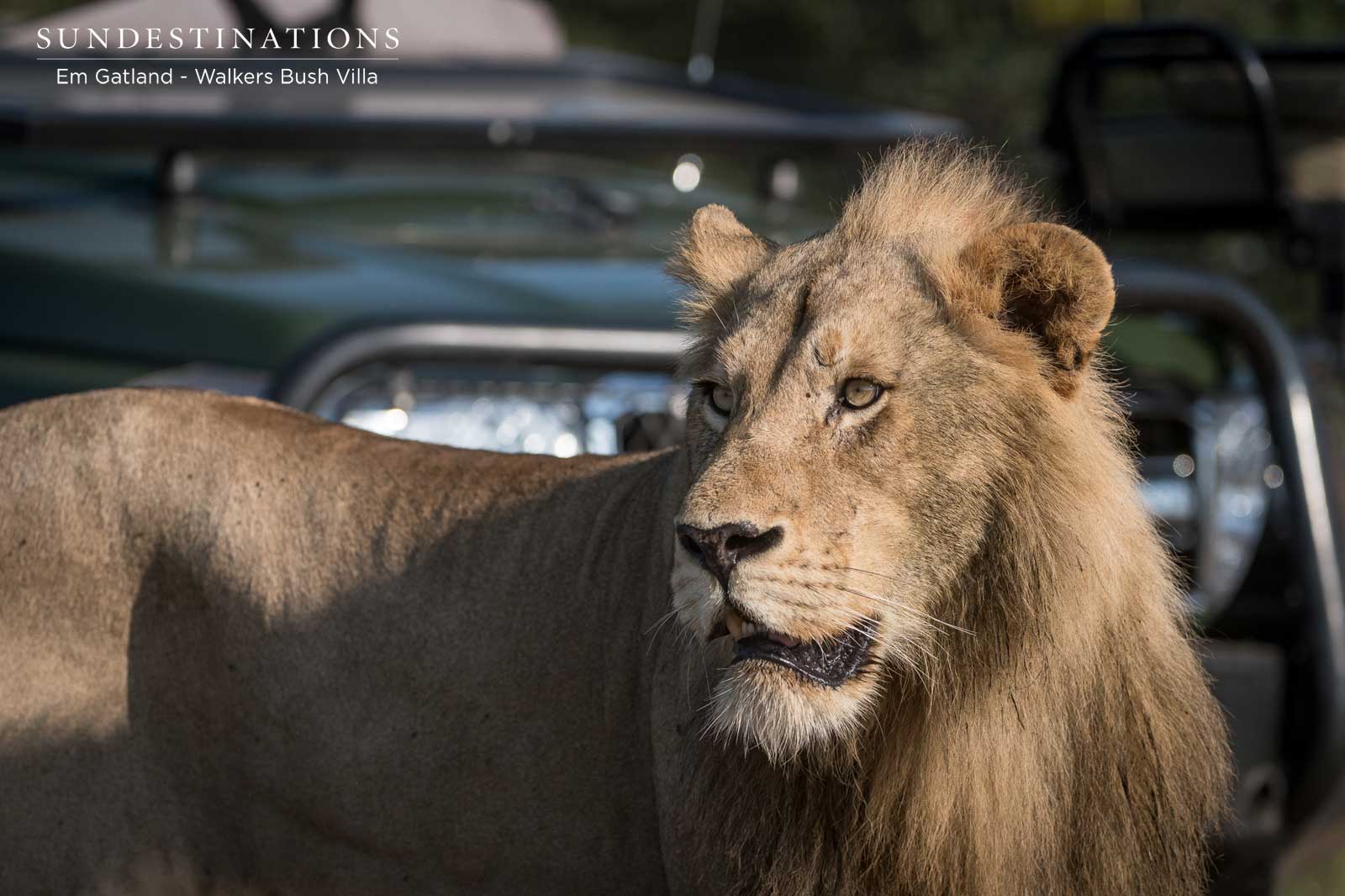
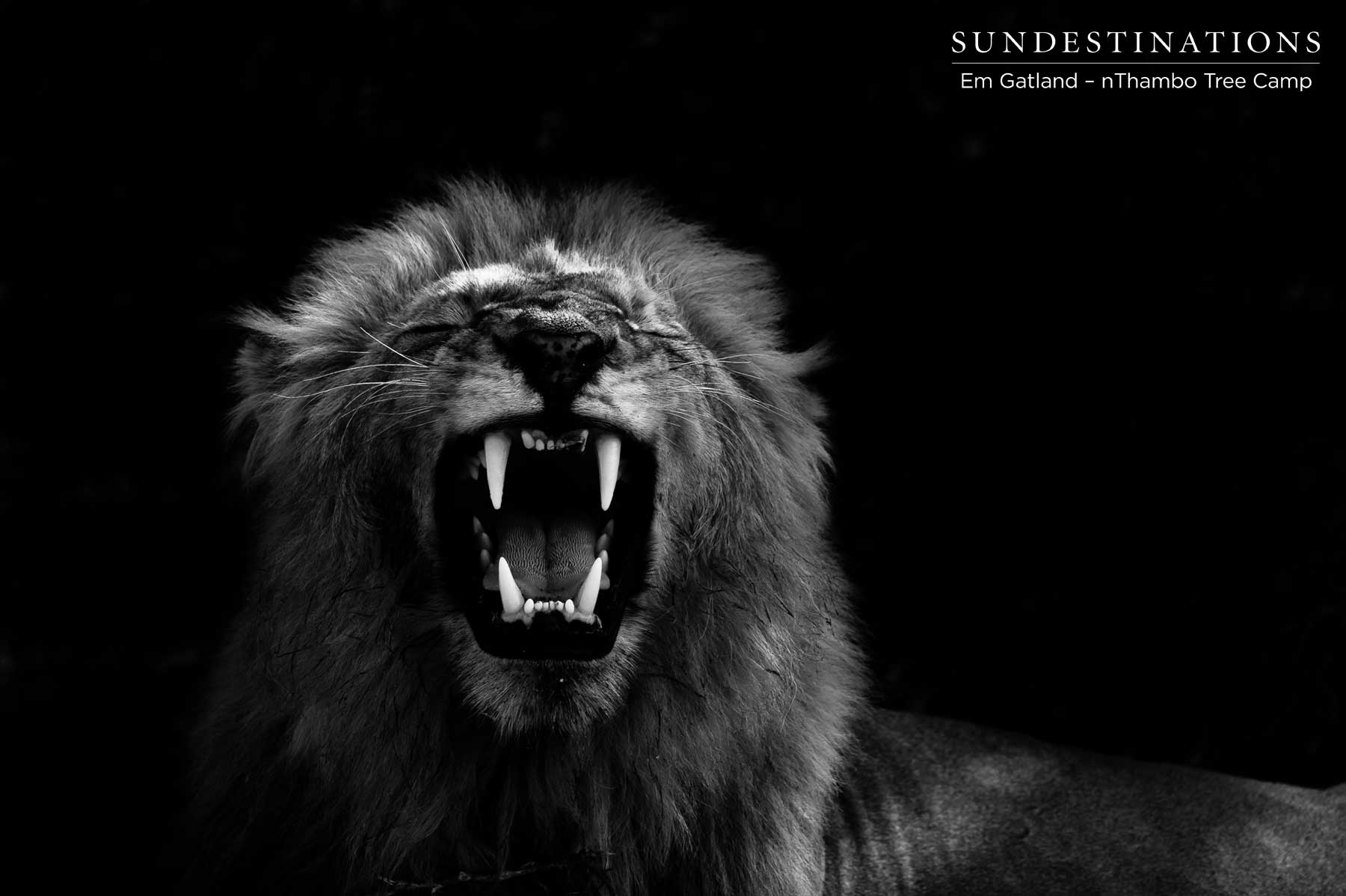
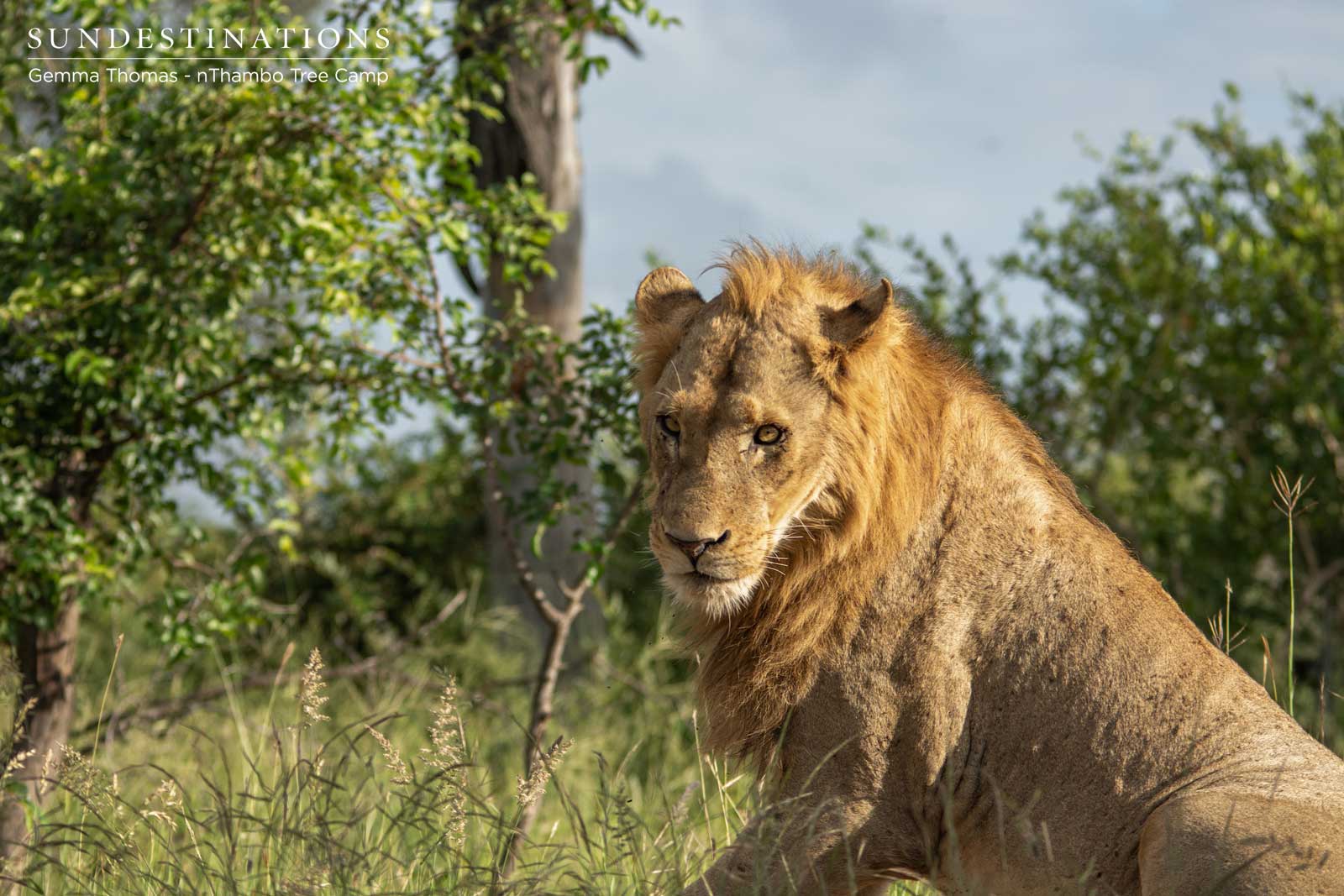
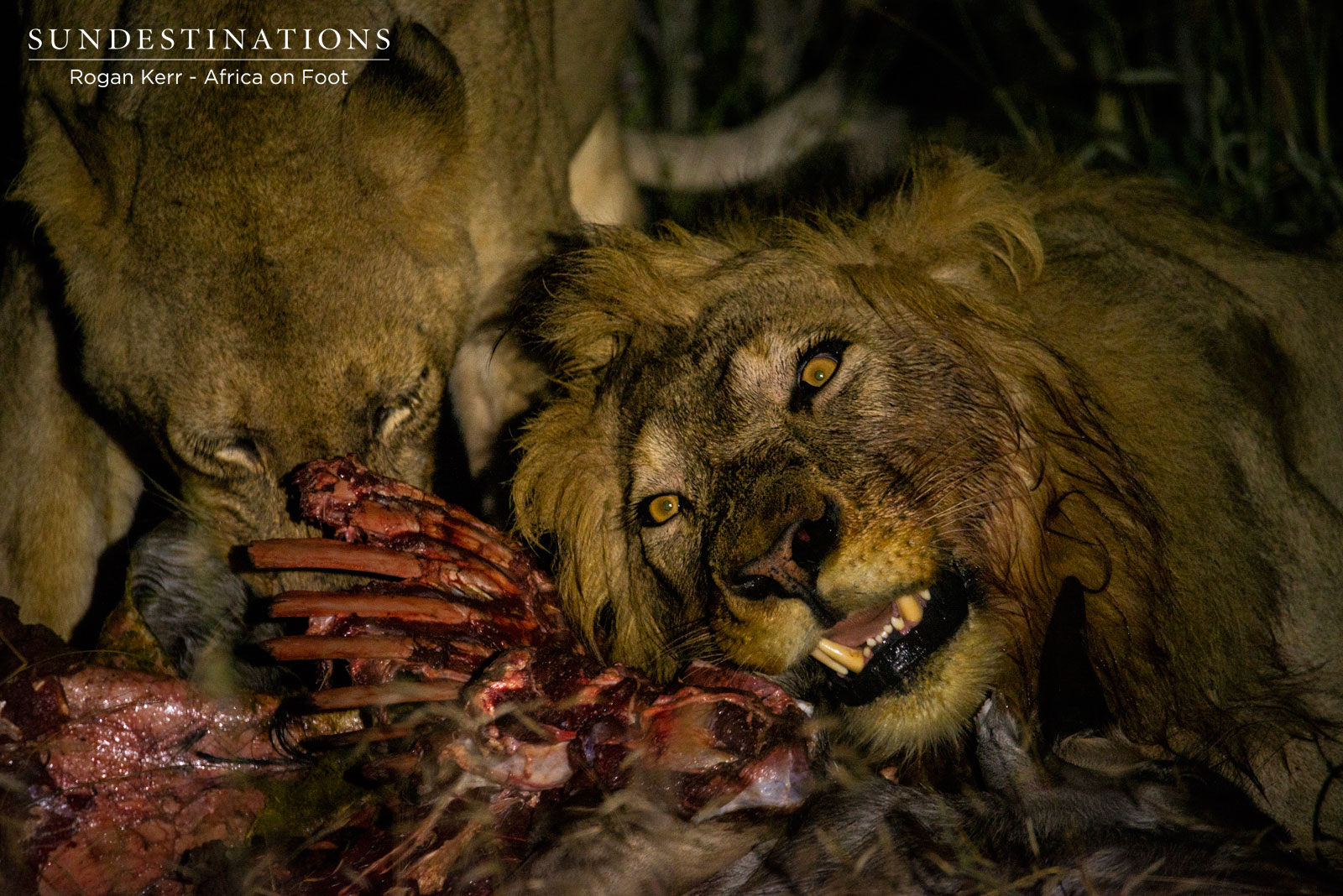
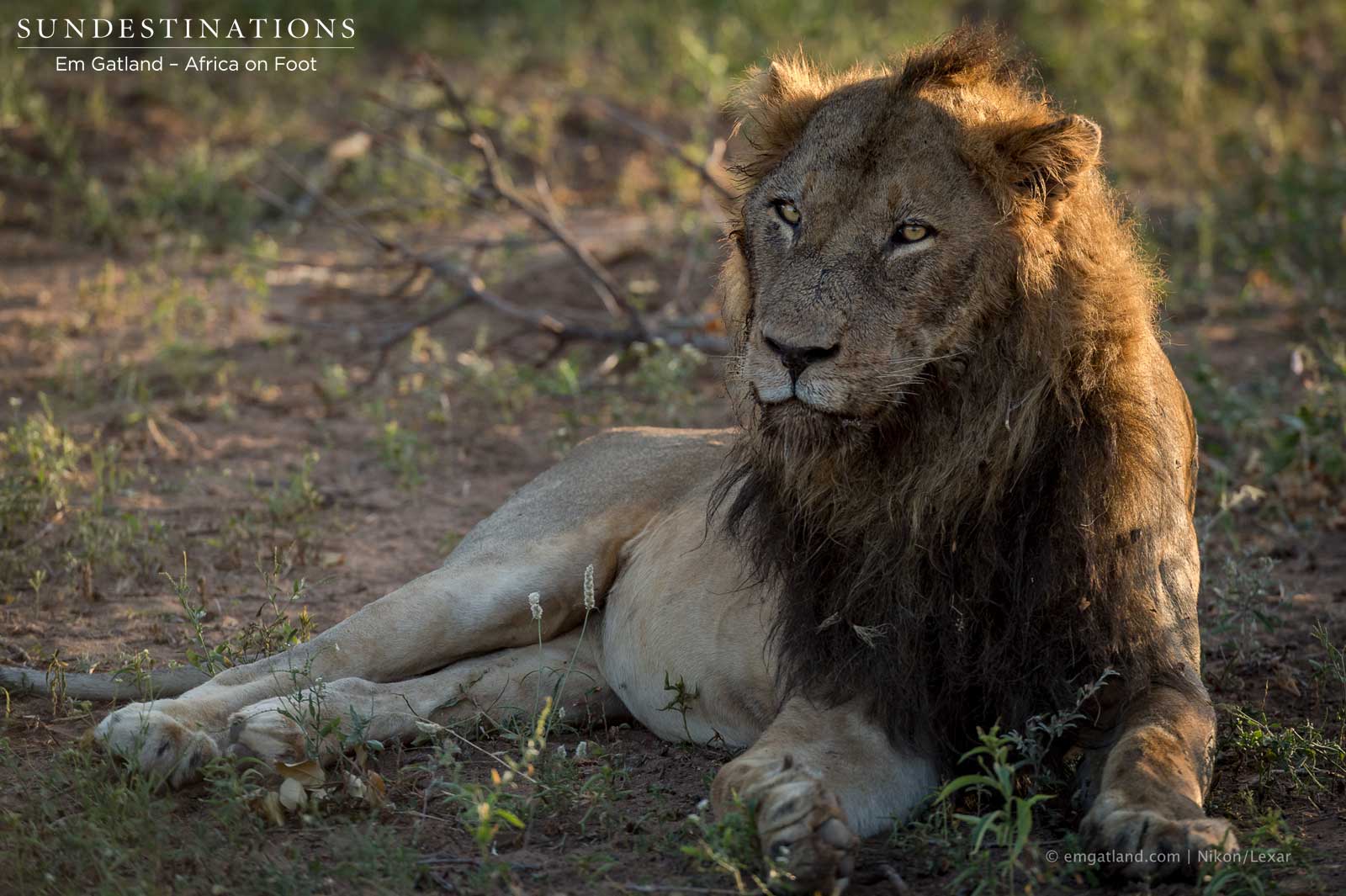
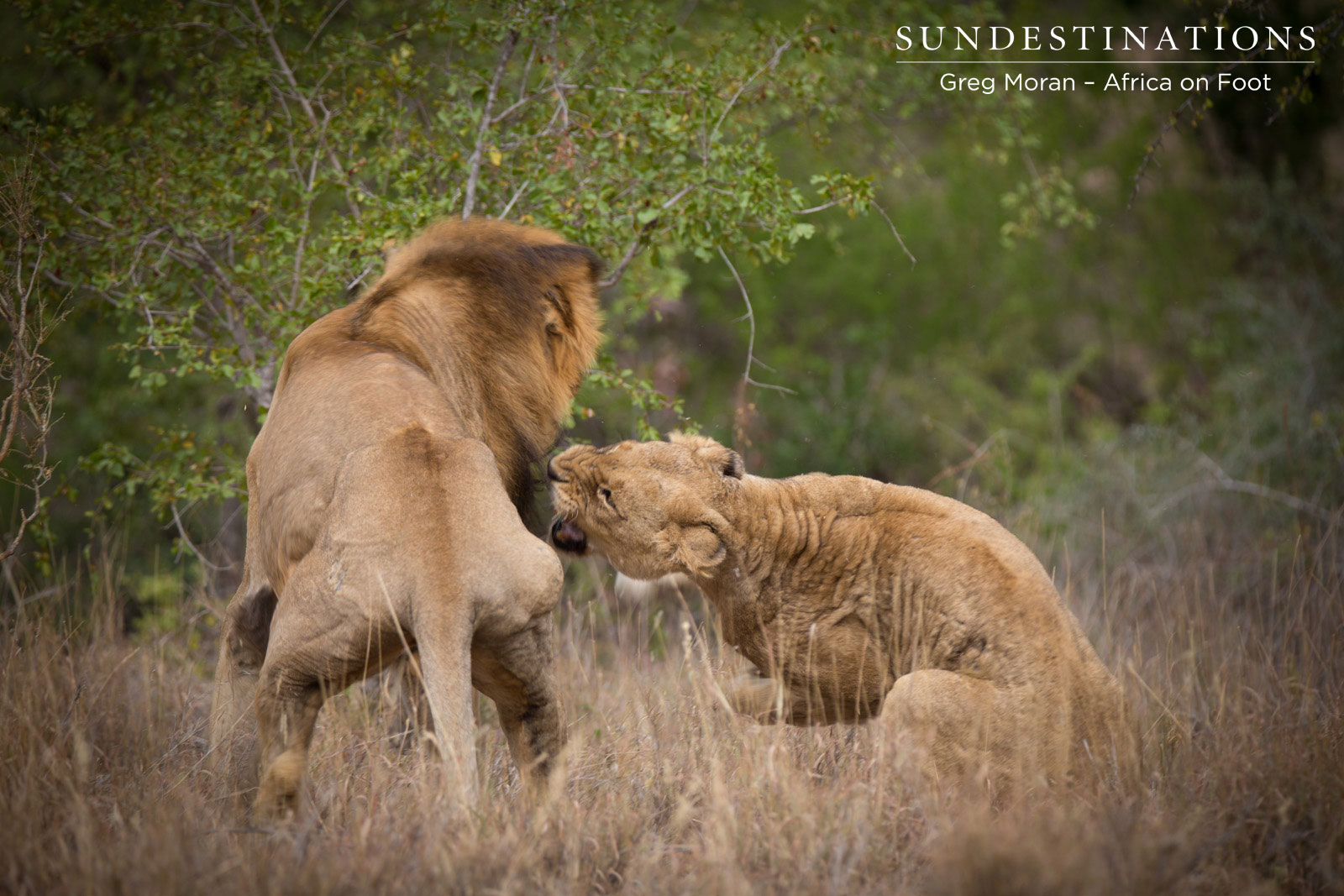
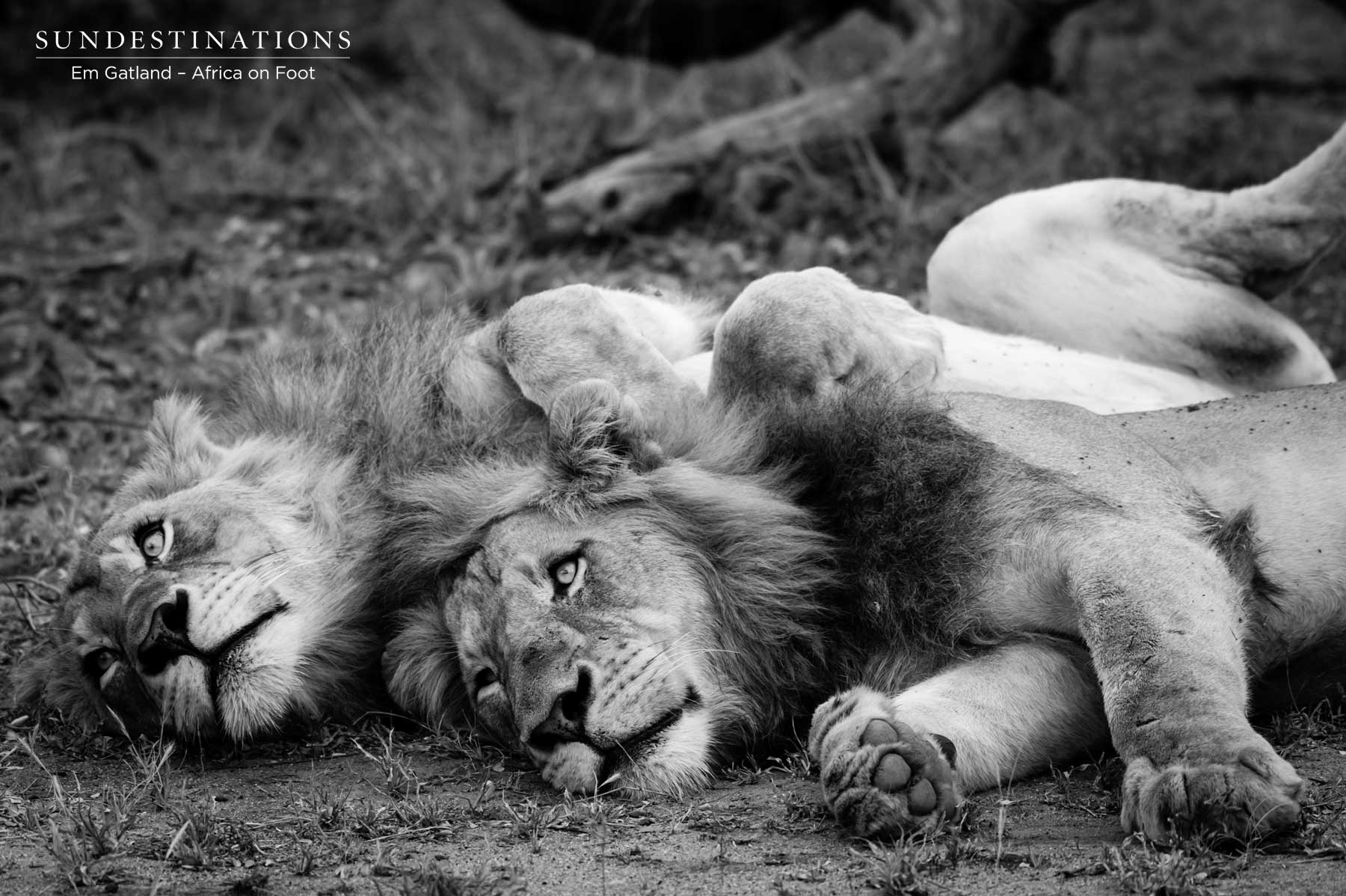
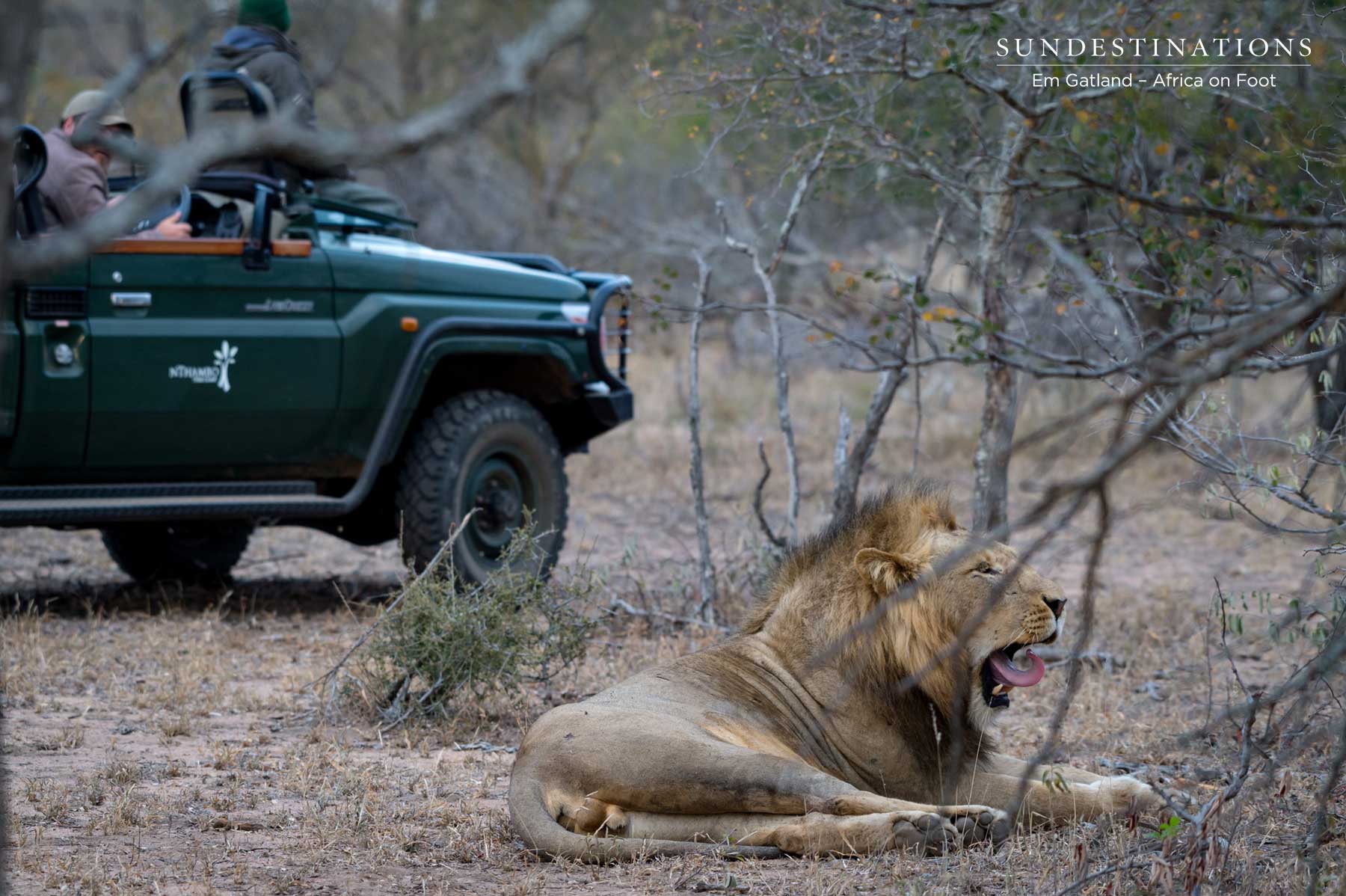
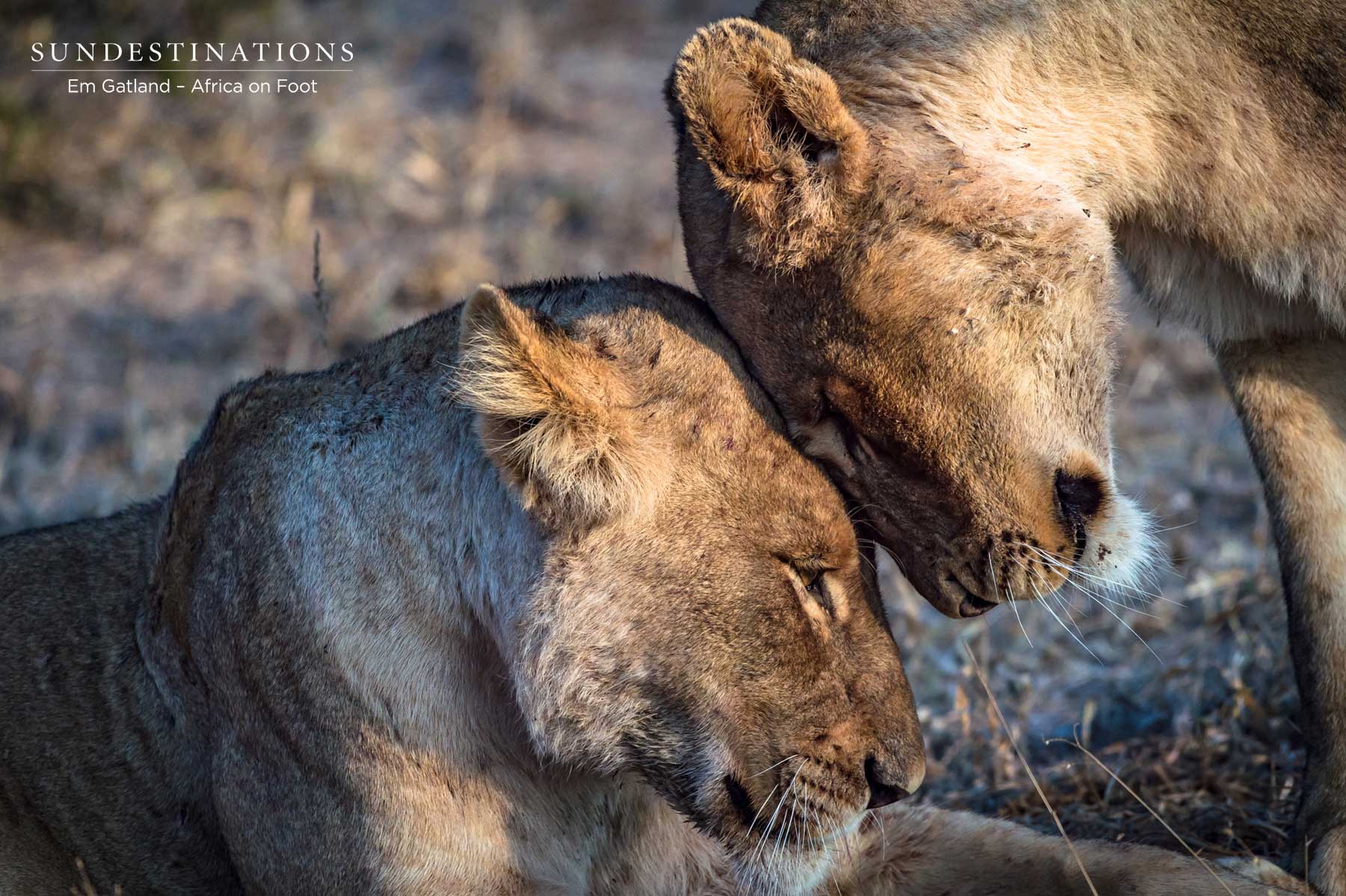
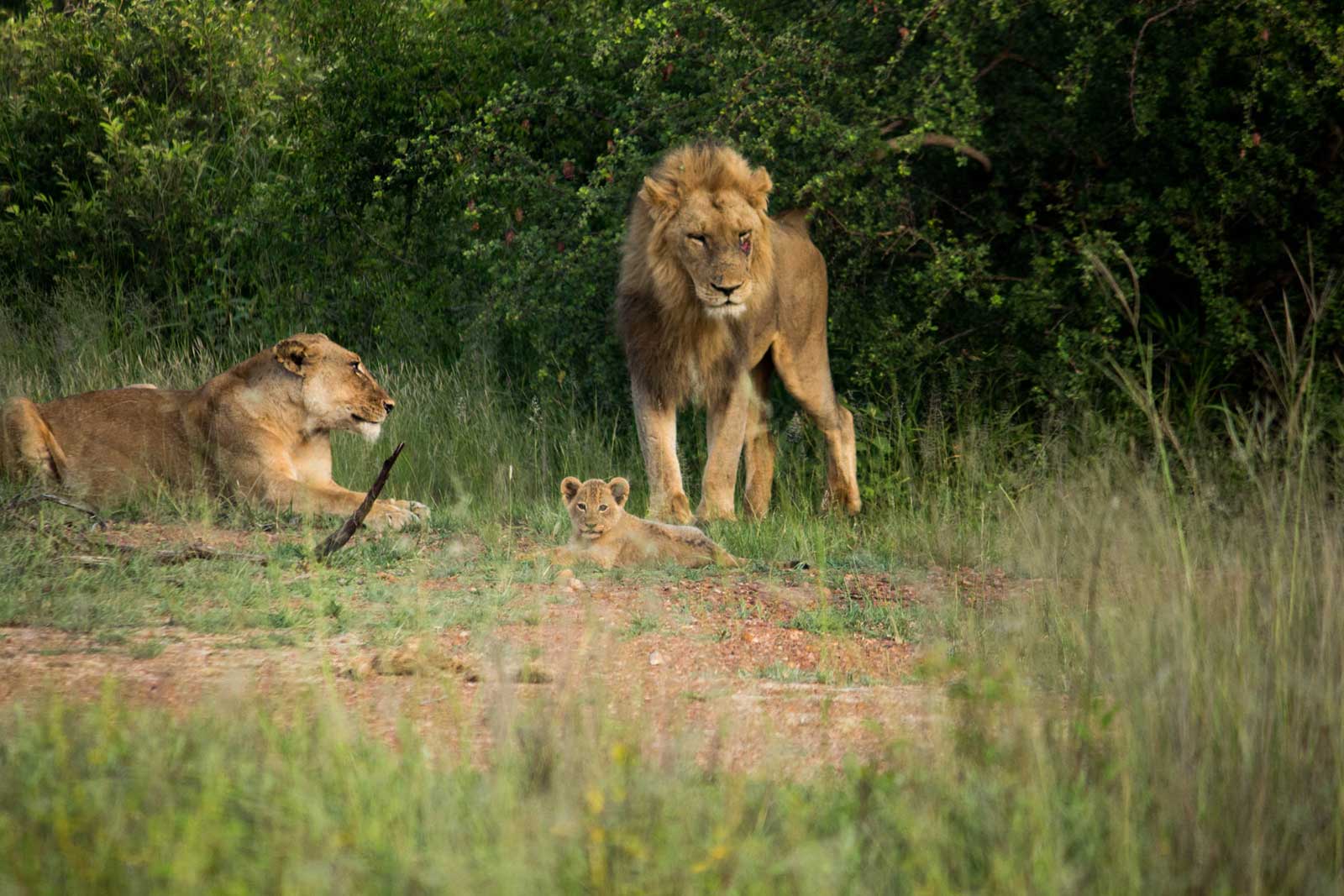
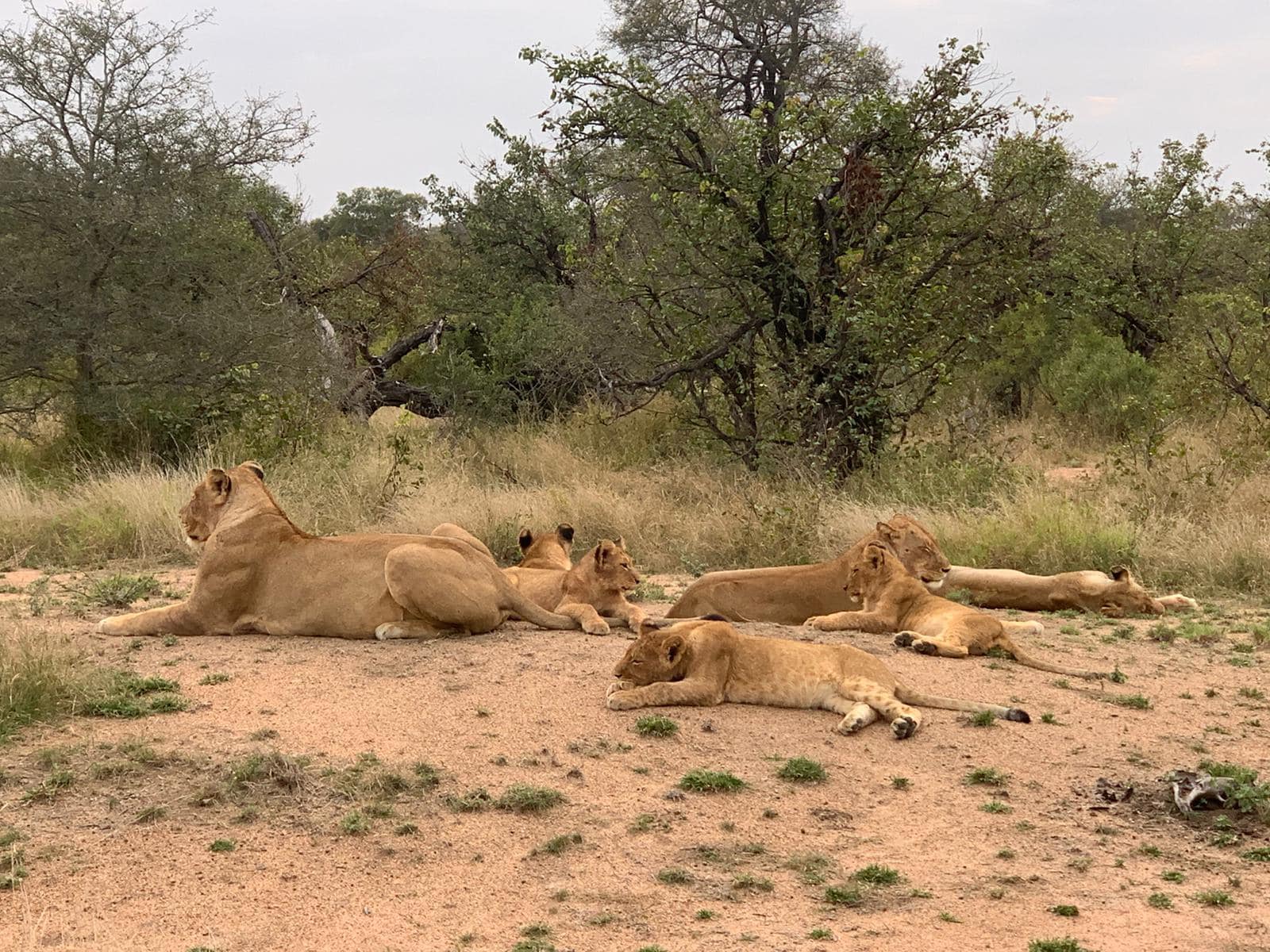
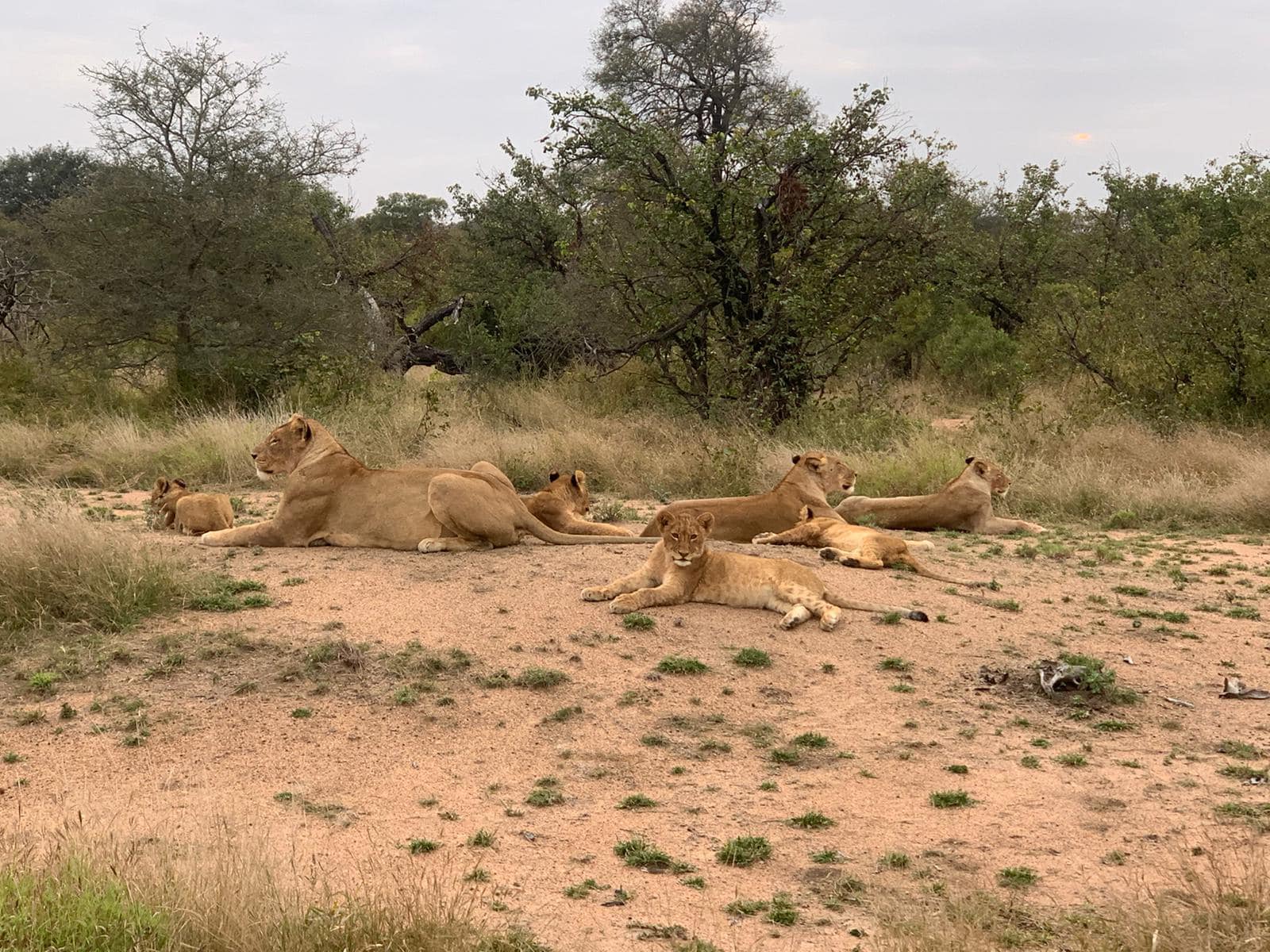
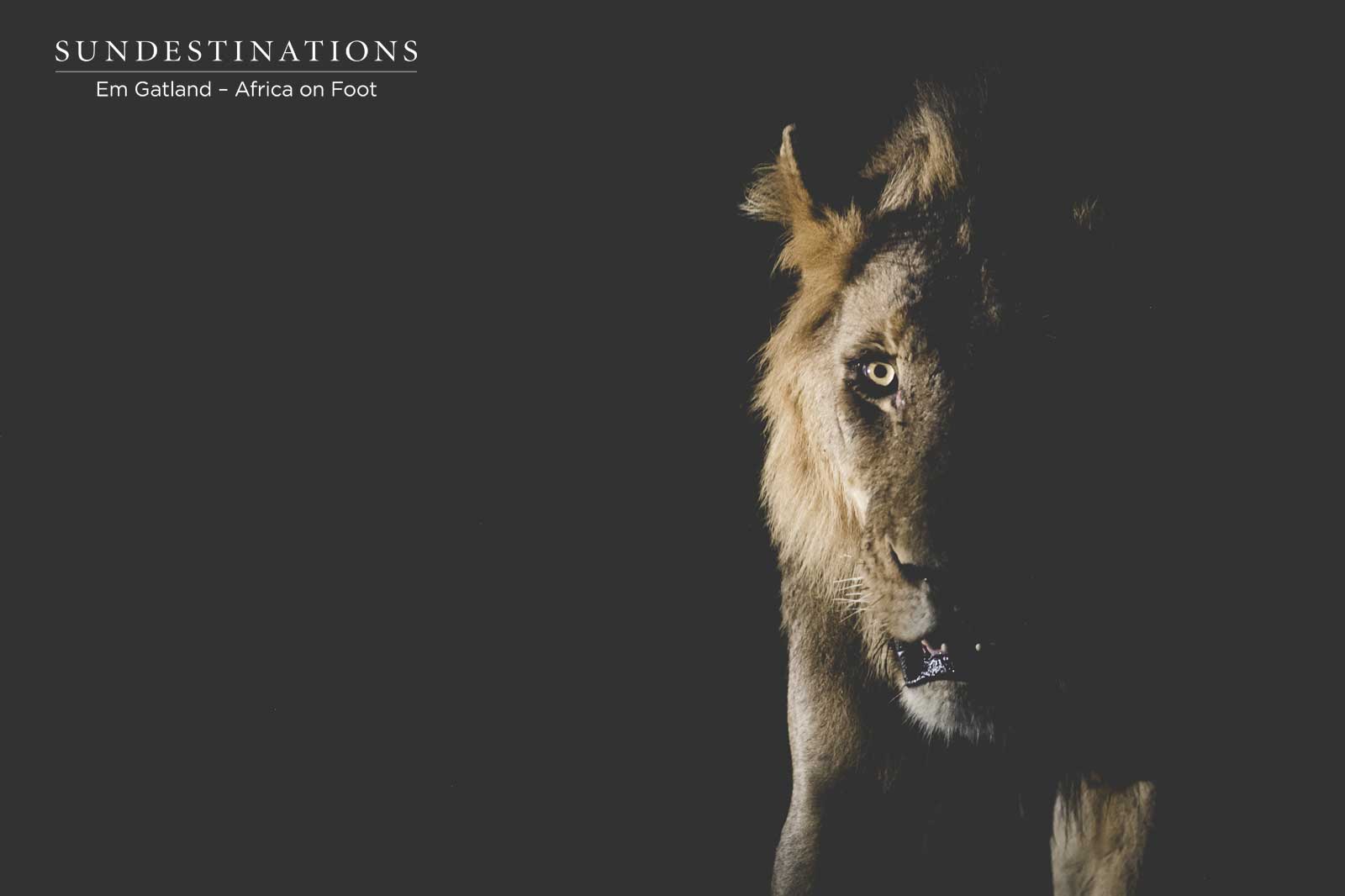
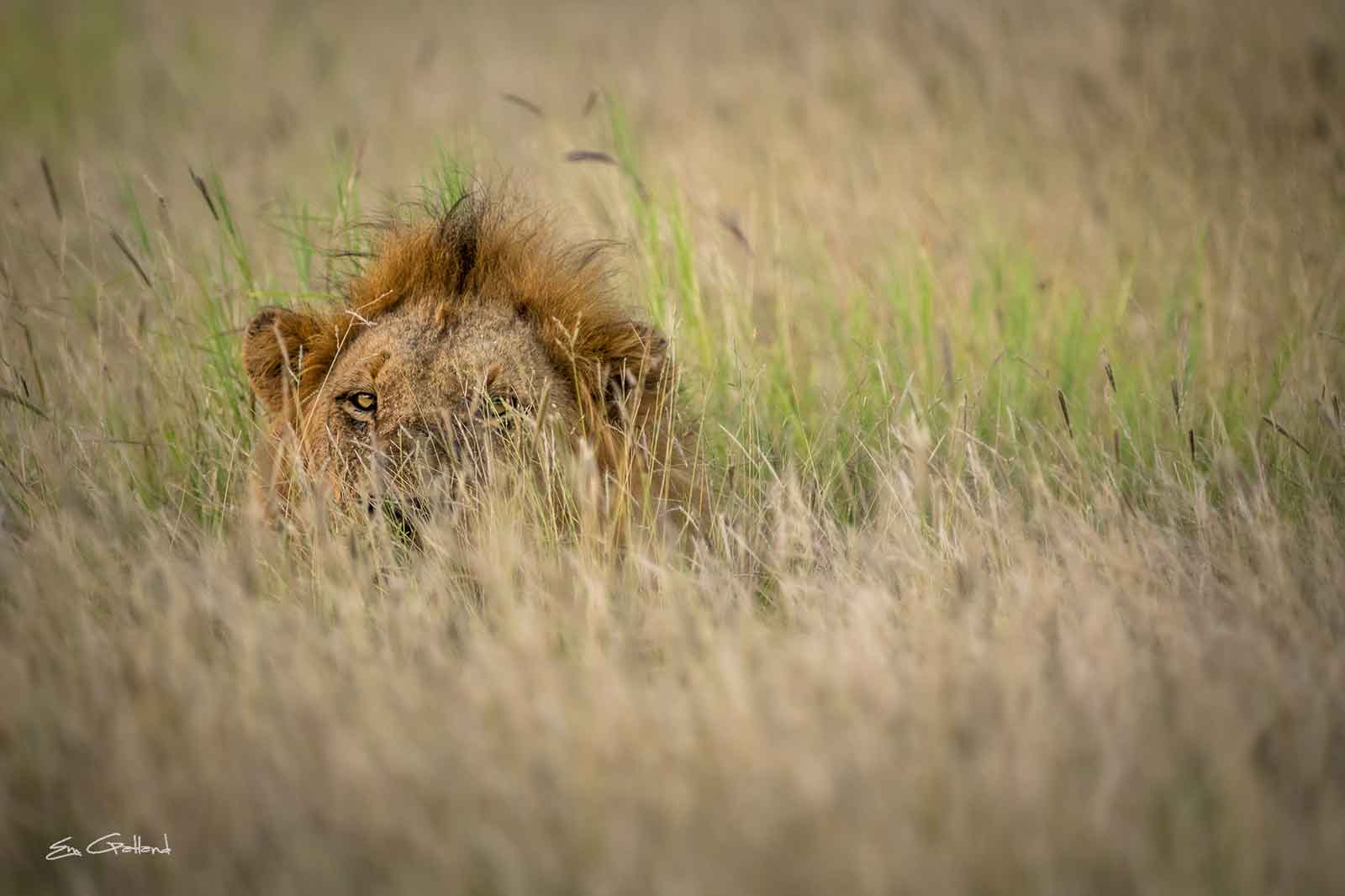
Leave a Comment